Many picture Marin County as an environmentally friendly place, filled with recyclable materials and biodegradable products, and in some aspects, that is true. But for the most part, Marin County’s consumption habits produce an alarming amount of waste. Because, despite our environmental awareness, we are still HUGE consumers who aren’t doing nearly enough to reverse destructive global trends.
We’ve talked to citizens in the county of varying ages and professions, and conducted a survey to see what the people who live here think. First, we spoke to TL’s own environmentalists in the Marin School of Environmental Leadership, Freshmen students Ali Smith, Zoe Mcdonough, Enya Zhang and Morgan Hickey, who commented on Marin’s waste and how it can be reduced. “MSEL students are more aware because our education is centered around waste in the environment. It’s what we learn about, even in English and Geography.” We as a school have a large program to help with environmental issues, so why do we have this problem?
In addition, the students gave ways that people in our community can help to make Marin waste free. Enya Zhang elaborated, “Some ways that I reduce waste in my family are that I bike everywhere, and I compost and use recyclable containers and water bottles. I use personal care products without microbeads. The United States alone releases trillions of them into the ocean every single day, along with single use plastics.”
In response to alarming trends and future dangers, many companies are sprouting up to give people alternatives to their deeply ingrained and harmful practices. Local entrepreneur Larkin Gayl explained her new product, a glass bottle for house cleaner, complete with a recipe on the back to refill it when it runs out. This creates less plastic waste from bottles like Windex or Oxiclean.
She explained what makes her product special and how it affects the community. “One, the spray bottles I sell are made of glass. This is rare in a plastic world. Two, they are for home cleaners, but I sell them empty, whereas most companies sell their bottles filled with cleaners already in them. I just launched a month ago and had a successful Kickstarter campaign, which pre sold the spray bottles. From here, I’ll begin to sell them online.” If students have great product ideas on how to reduce waste, they are not too young to take real action! Marin SEL Juniors start real companies just like this every year, but anyone can! As this great idea makes its way from just an idea, to an amazing success, it shows that the waste in our lives can slowly be erased. However, this more conscious and progressive way to reduce waste does not always happen in schools, especially ours.
Generally, students litter out of laziness and distraction, forgetting that someone else has to pick up the mess. We spoke with TL custodian Hildo Maltez, who discussed student waste management. He mentioned what students could do to help out: “…not throw trash on the ground, it’s not nice–we are leaving (trash in)… our second home; we want to keep it clean.”
The fact is, we spend upwards of six and a half hours a day, one hundred and eighty days a year at this place, and we constantly do things that make it much harder for people like our janitor to keep it clean. This plays into effect because most people don’t really know where our trash goes. The supposed story is that we throw it away in the trash can. Then it makes its way to a dumpster. Then to a garbage truck and eventually into a dump. The real story is a LOT longer, in some cases millions of years! There are many times where our trash is left on sidewalks, the ground, and in gutters, forgotten by the world. The janitors are the people in the world who help clean up this forgotten waste,
We as a school should (and can) do more by enforcing a zero waste policy that many other Marin County schools have already installed, like the Dixie School District. Without policies such as zero waste, things like the Pacific Garbage Patch, which has grown to twice the size of the state of Texas, will continue to occur. The “Garbage Island” will likely double in size in the next ten years, and around seven billion pounds of non recyclable plastic are produced every year, as well as the fact that scientists found plastic in 9% of “Garbage Patch” fishes. Some countries such as Norway, Finland, Sweden and Costa Rica, have banned many plastics that are being thrown away and end up in the Pacific Garbage Patch. Although the United States still has a long way to go before we can get to a complete ban of many plastic materials, if we follow in these countries footsteps we can be better at helping and cherishing our environment.
The school itself is just part of the problem. Marin County is a large producer of waste in California. Even though we are not as wasteful as large counties such as San Francisco and Orange County, we decide not to care where our trash goes and throw away things that are completely useful. We decided to dive into this further by interviewing Jennifer Grenier, a worker at Marin Sanitary to get a better idea of the problem here. And although she does not have the statistics of other counties in California, she said that Berkeley has a very robust, sustainable, eco-friendly community, as opposed to Marin and other places. So what are we doing that is making it harder to be more like Berkeley?
To answer that question we asked what was the most commonly thrown away item, she said “Well I would go back to food, because we consider composting to be recycling as well, right? I think that a lot of folks are tending to throw away food scraps from their home their business when there out at restaurants, instead of composting, we are throwing it away in the trash.” This lack of attention when it comes to our waste makes for a breeding ground for more more consumerism and less environmental protection. This is one very important answer. Even though we are cleaner and more eco friendly than San Francisco and Orange County, these places (as well as other counties in California), have implemented a mandatory compost law to fight food waste; we have not.
“When we did a waste characterization study back in 2014, and we looked into the garbage cans of citizens in Marin, we found that thirty percent of what people are still throwing away, is food waste. We need to remind folks that when food goes into the landfill, it emits methane, which is twenty times more potent than CO2, so food waste in the landfill, is contributing to greenhouse gases.” This effect that we have brought on by not composting, has made it much harder for Marin to fight climate change. One more shocking reason for Marin County’s lack of environmental protection is citizens are too unaware of the waste that we produce and that we assume that it will all work out. Citizens are self aware of the trash going into landfill, but do not act upon that notion. Because we have the resources and the money to fight this, but our striving to always have the best and the newest of everything all the time, makes us worse in the long term.
So, to reiterate, Marin County is not as eco-friendly as it purports to be. We think that we’re helping by using our hydro flask water bottles and shopping at Whole Foods but we are just as consumer based as any other county. Everything we buy has plastic, even if we do not notice it. And our out-of- sight- out- of- mind attitudes aren’t doing anything reduce waste. That bag of tortilla chips or even the microwave meal you picked up at the store is not only encased in plastic, it used a lot of resources just to end up in your hands: gas, packaging, and labor are only a few examples of the cost. Plastic is everywhere. And even if we do recycle plastic is always a part of our world, so the only way to save our earth is to ban it completely. If we keep buying, they keep making. So, do we really think about what we’re doing? Not in the slightest. But, by using these tools to help reduce waste and cut back on the plastics, we can evolve as a society and help keep our planet the blue and green globe that it is. And, as we reach the peak season of consumerism this holiday, be sure to think and shop locally, and make sure and support companies with a strong environmental agenda!
Sources
http://garbagepatch.net/greatpacificoceangarbagepatchfacts/
https://marinsanitaryservice.com/
https://terralinda.srcs.org/cms/page_view?d=x&piid=&vpid=1217454760274
https://www.unfetteredhome.com/

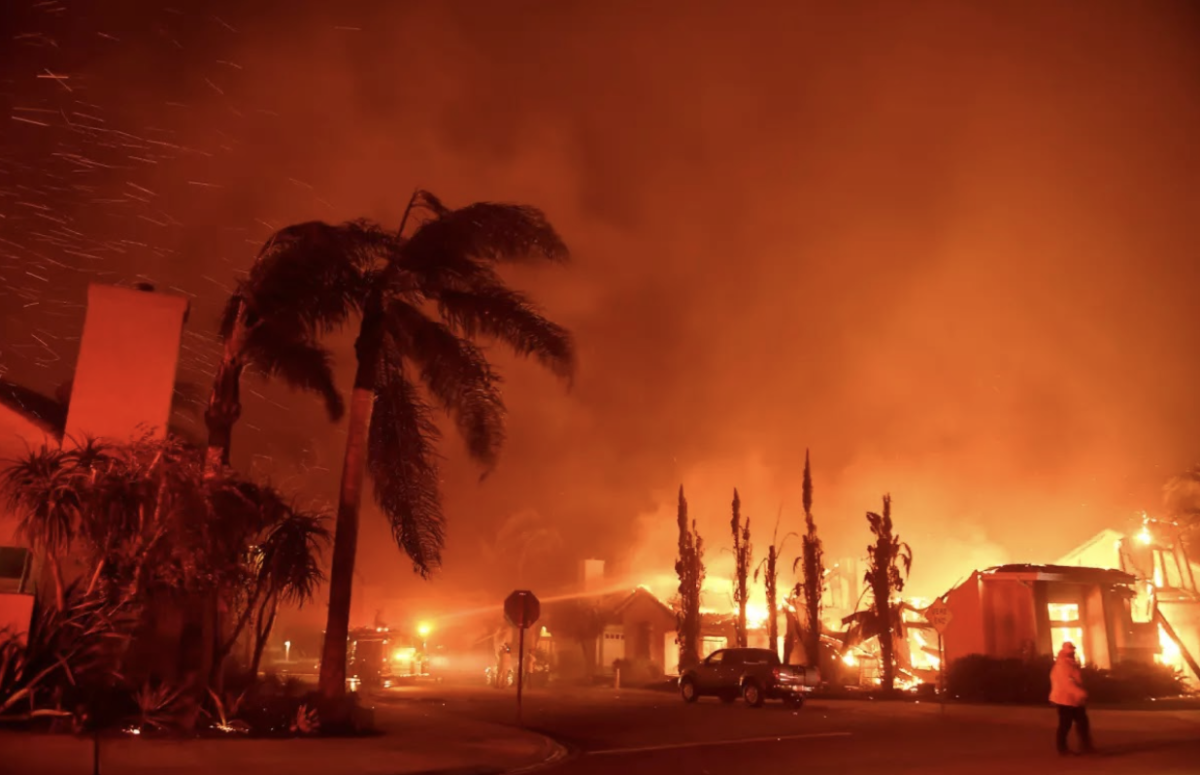

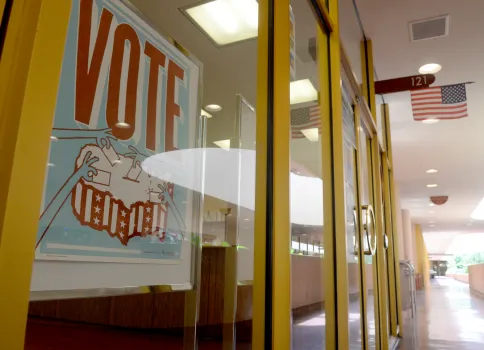
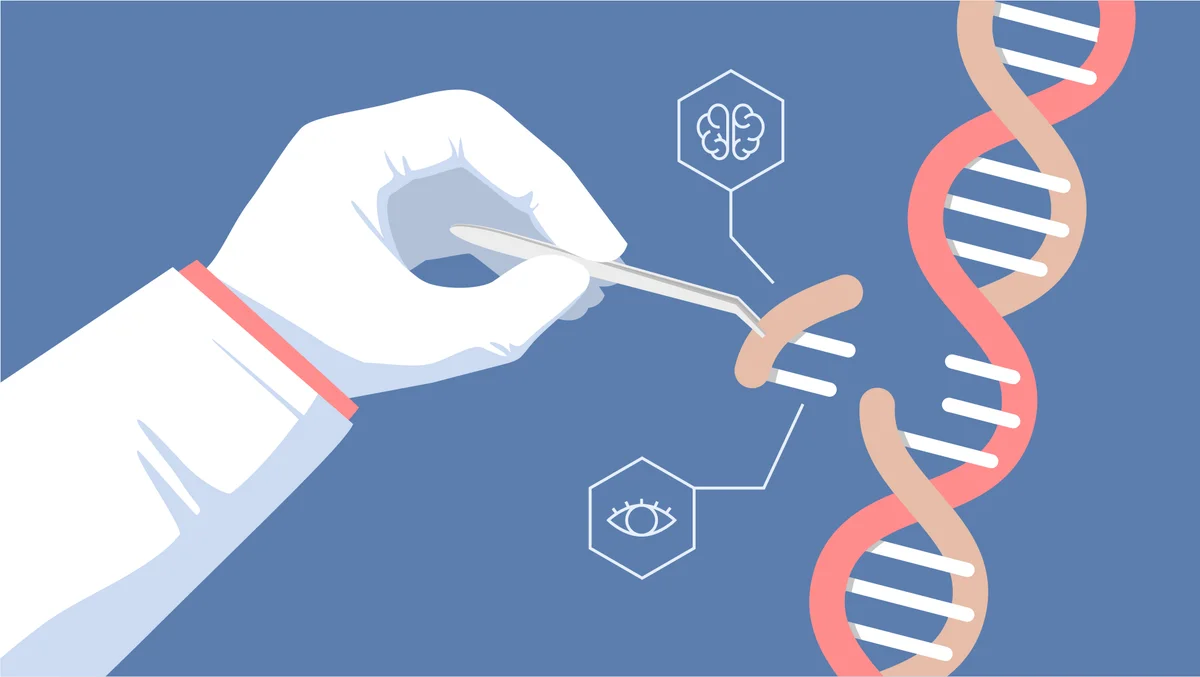

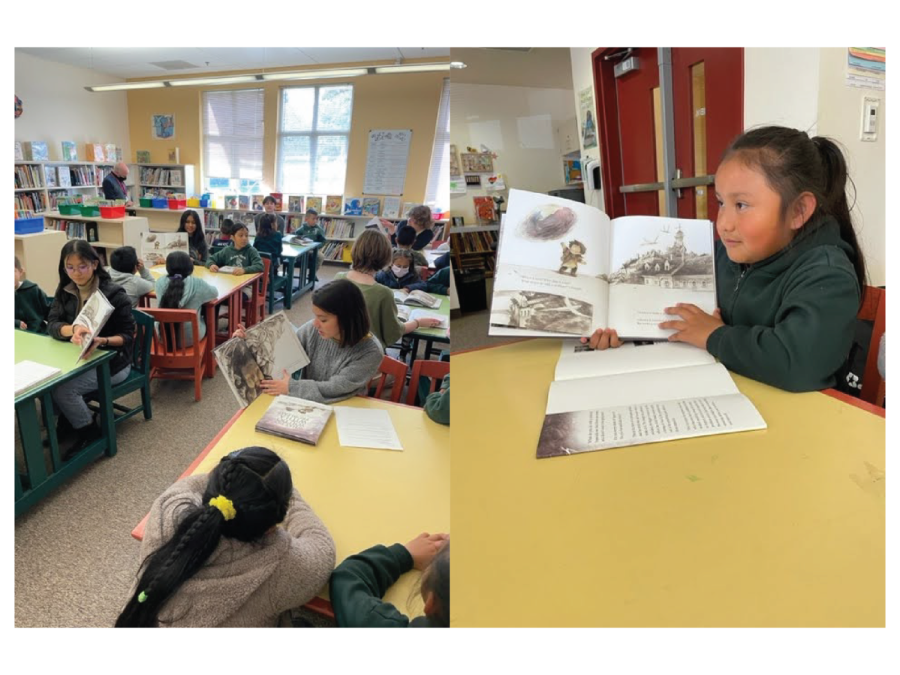
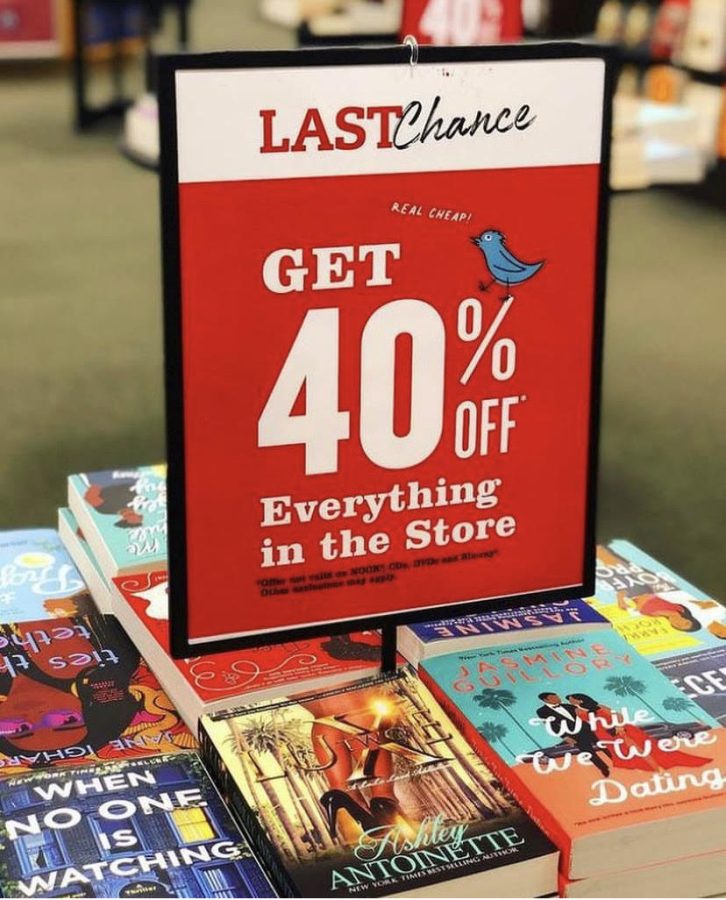

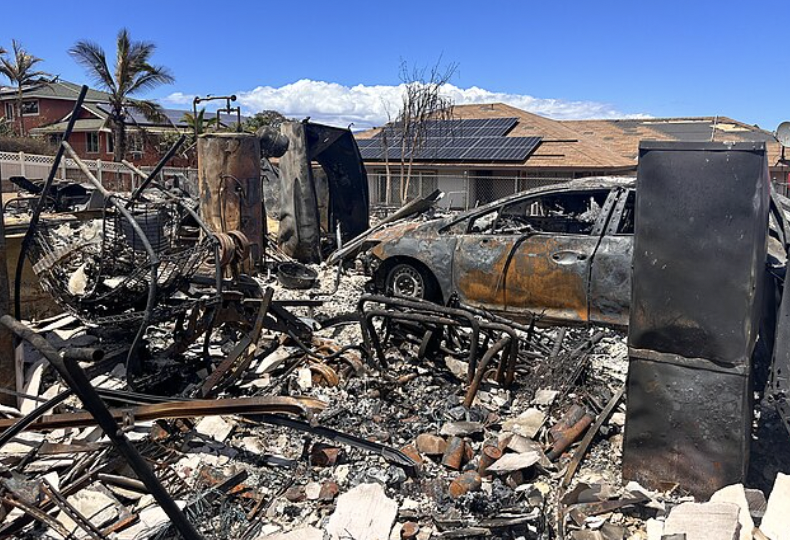
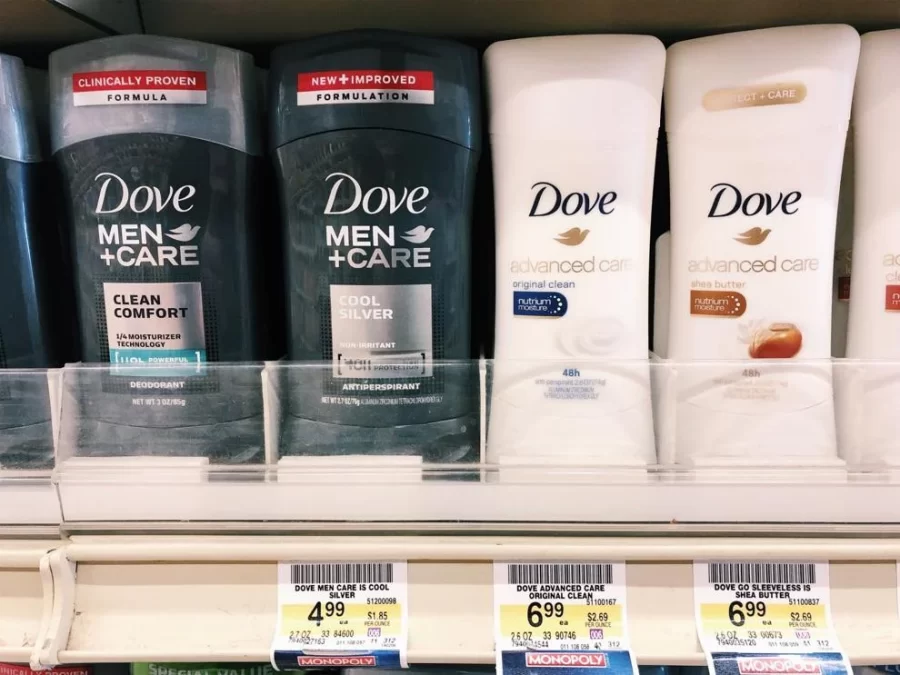
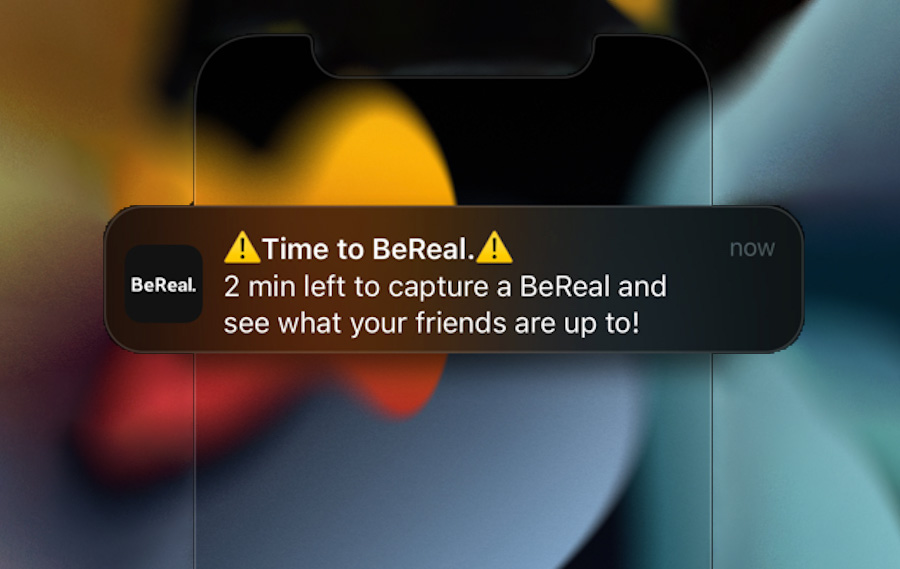
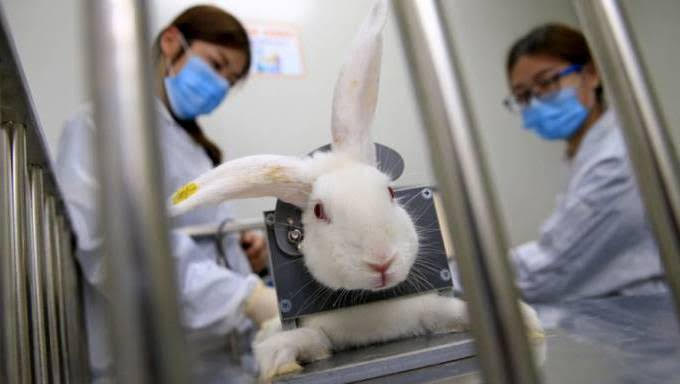
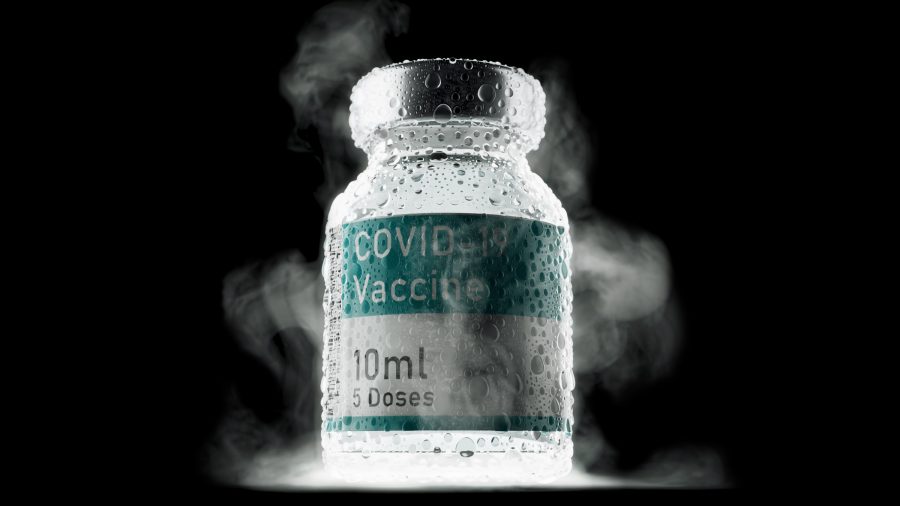
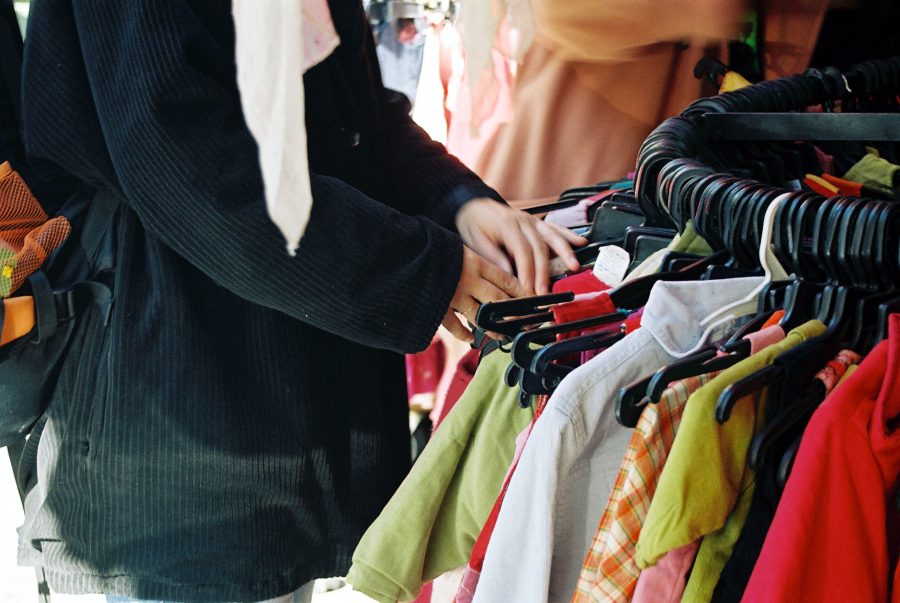

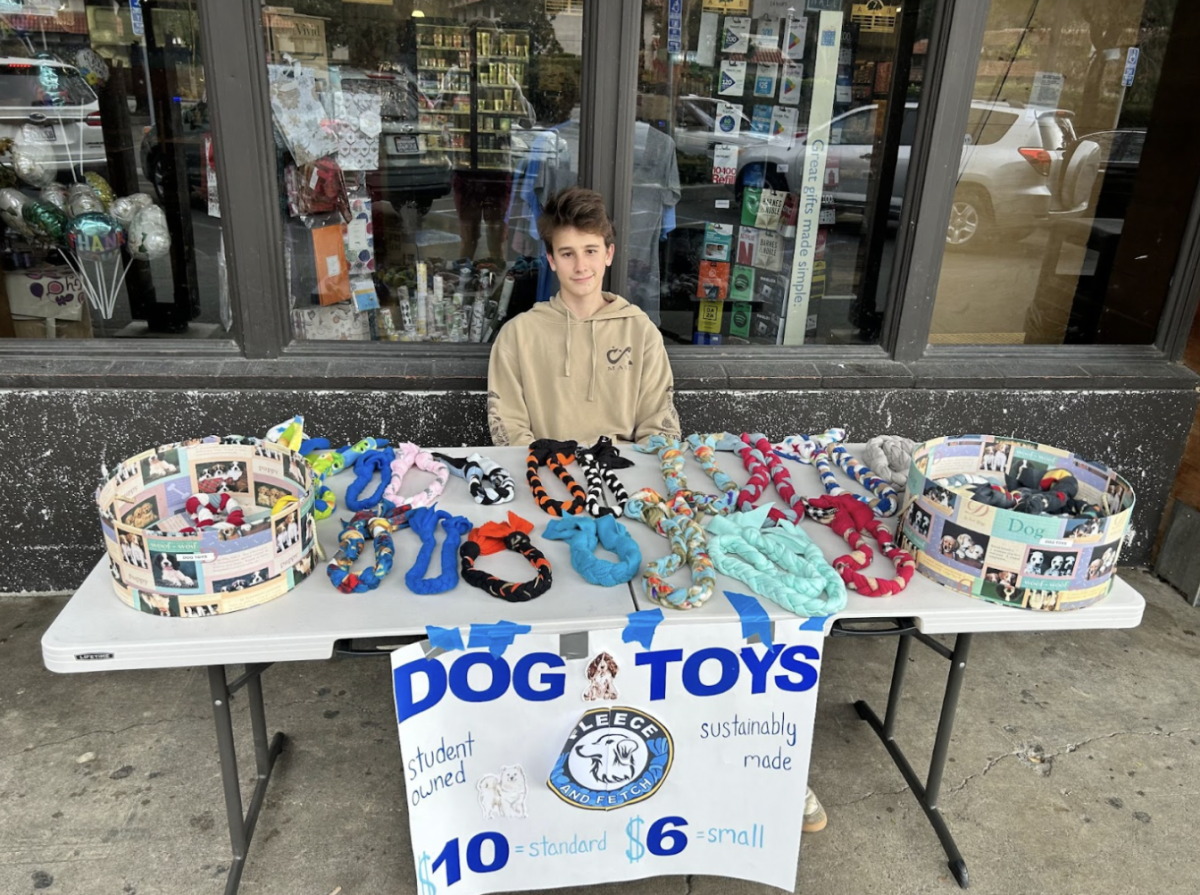
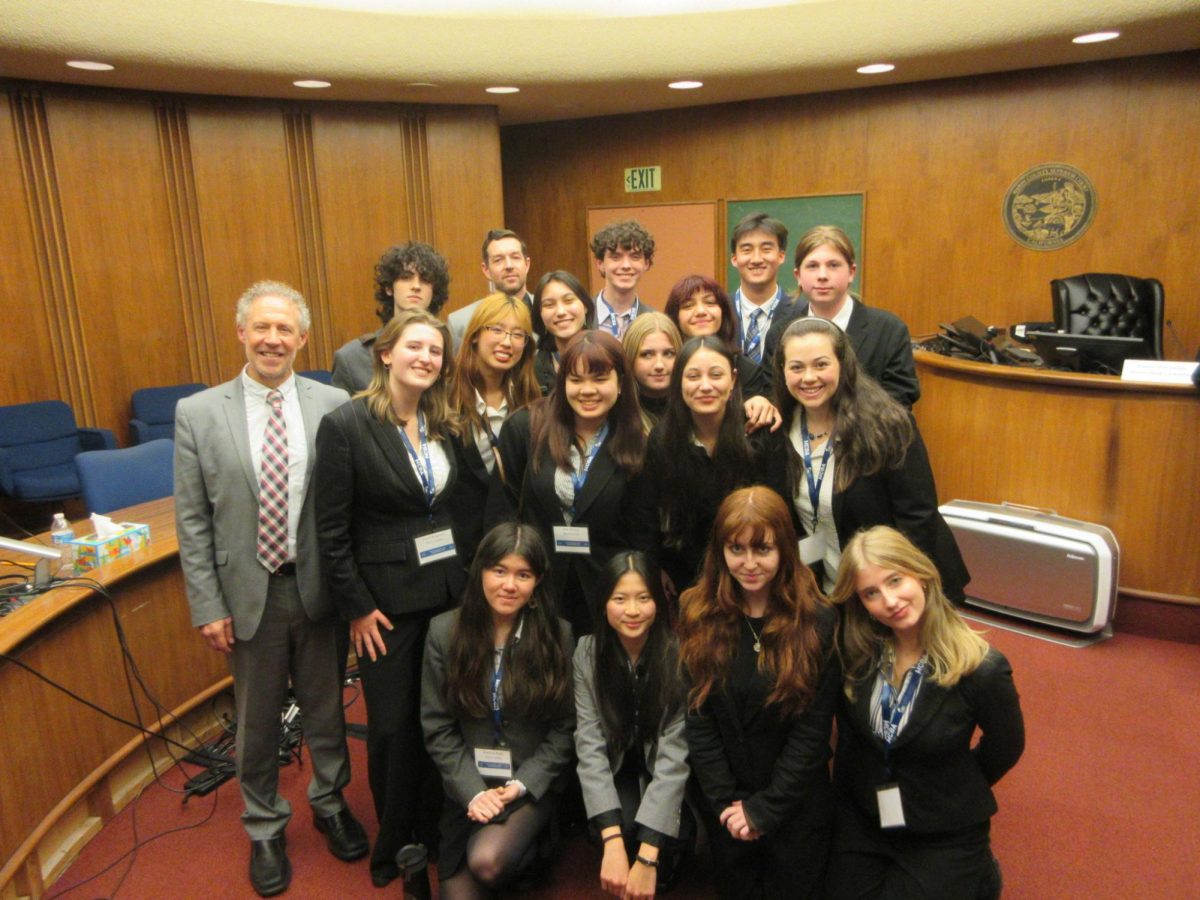
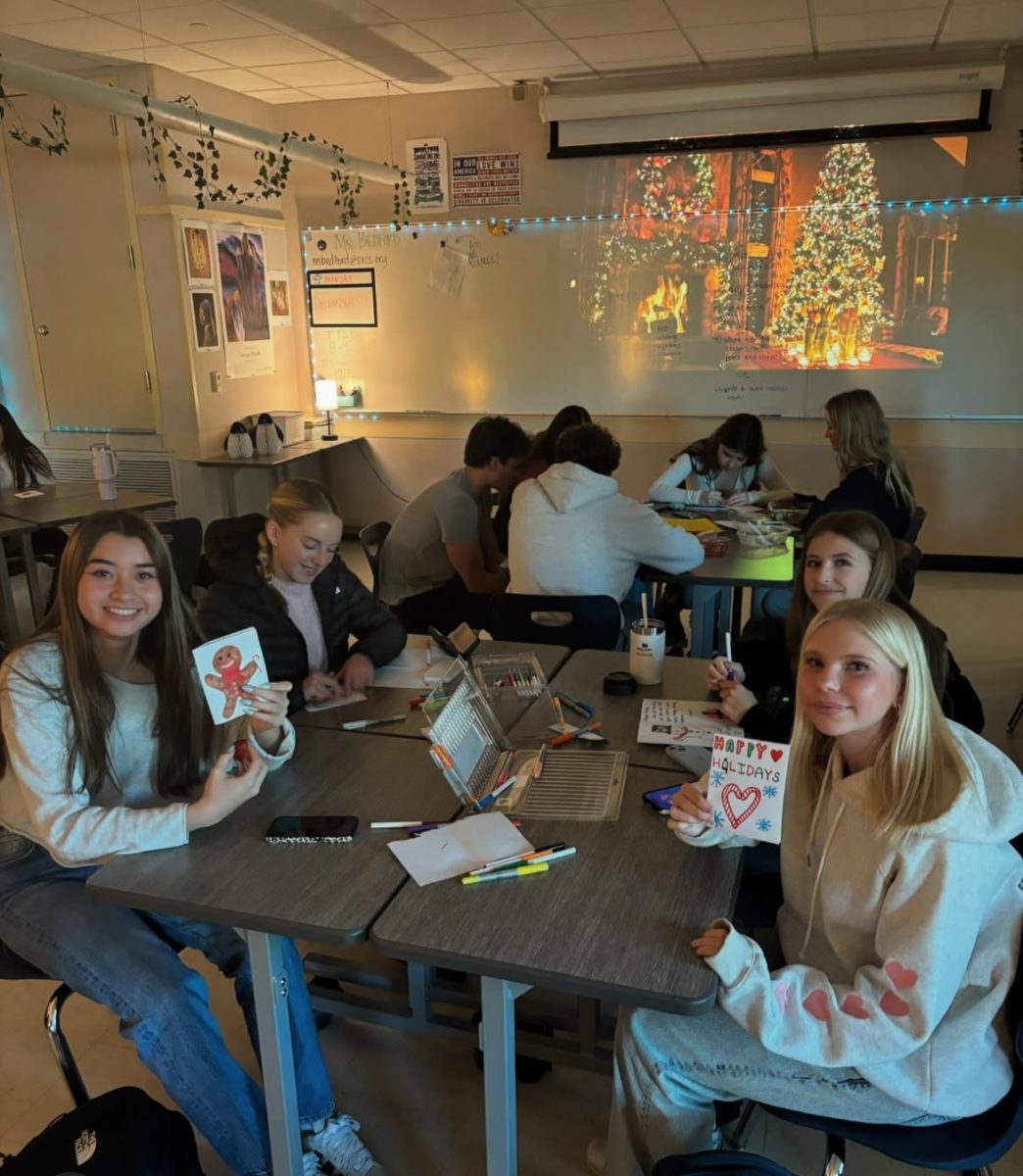
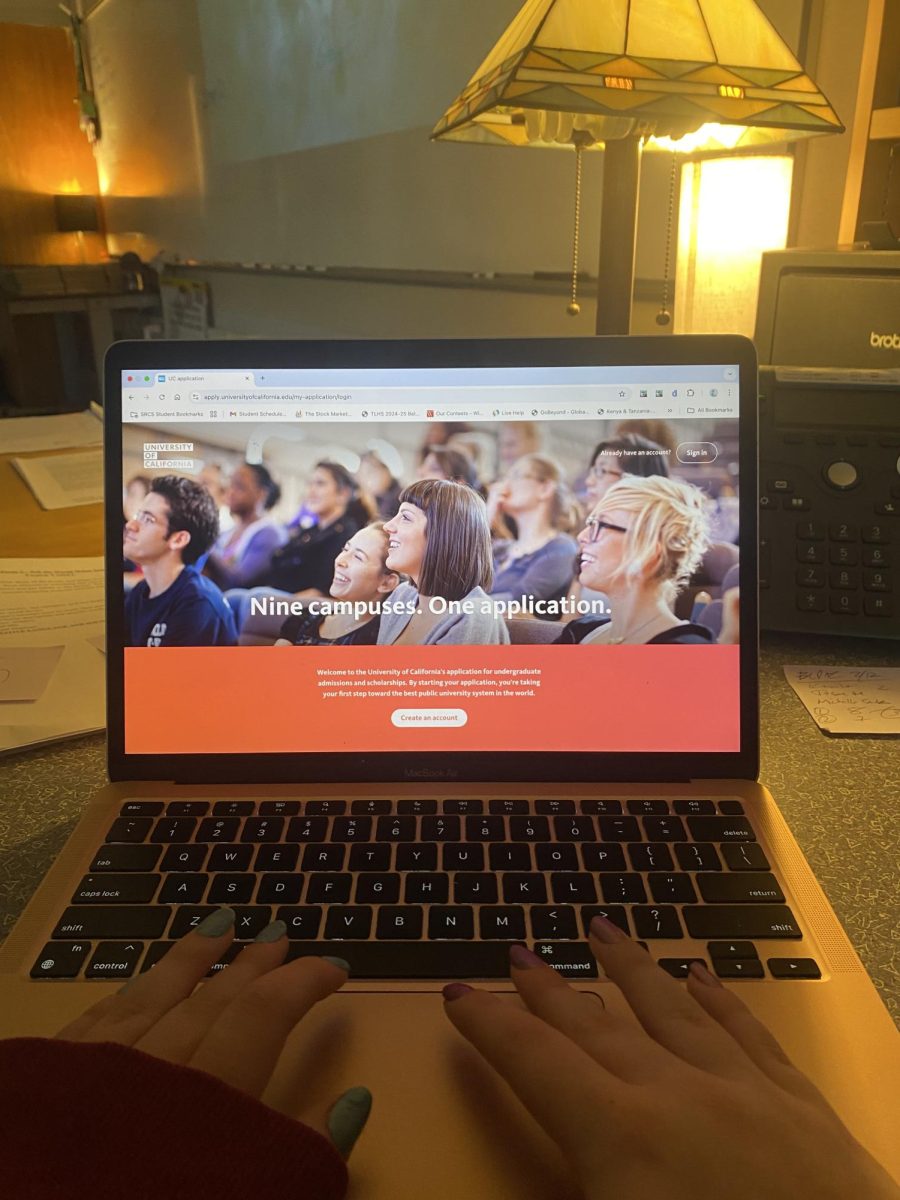
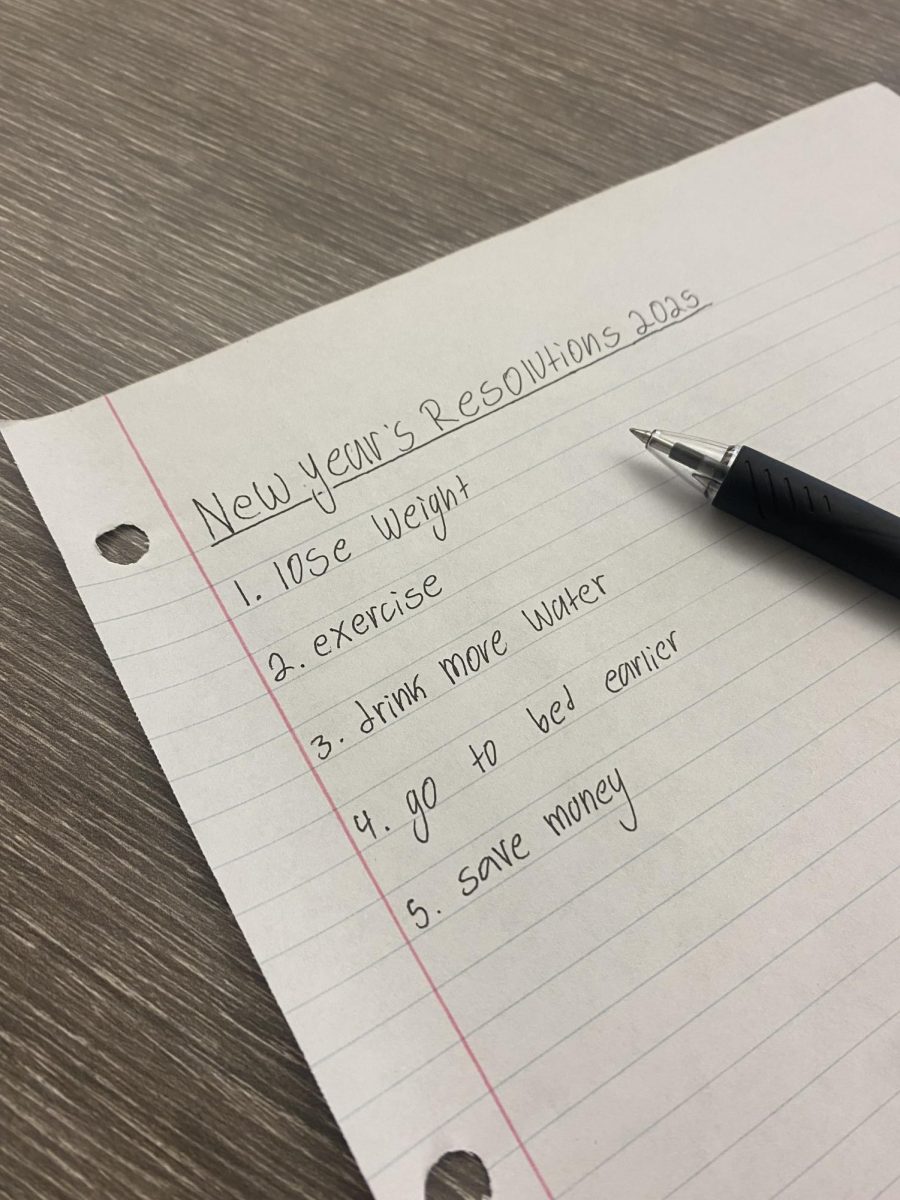
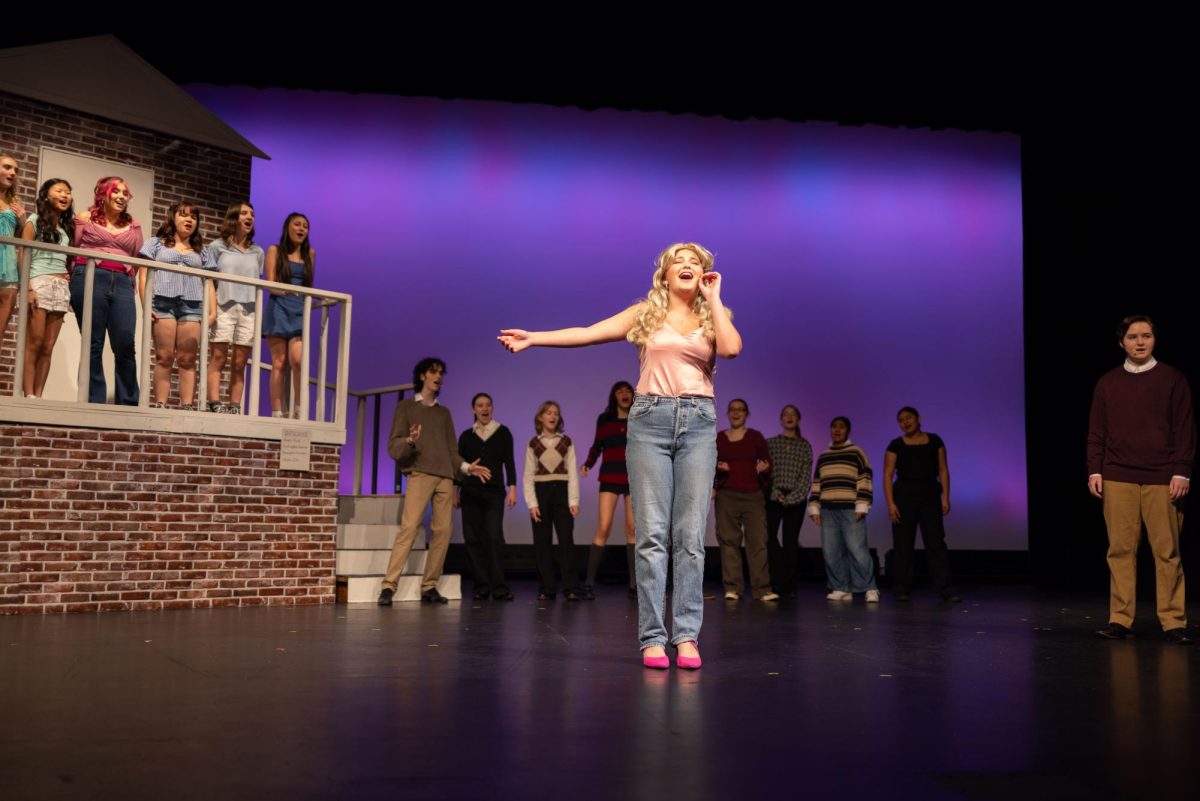

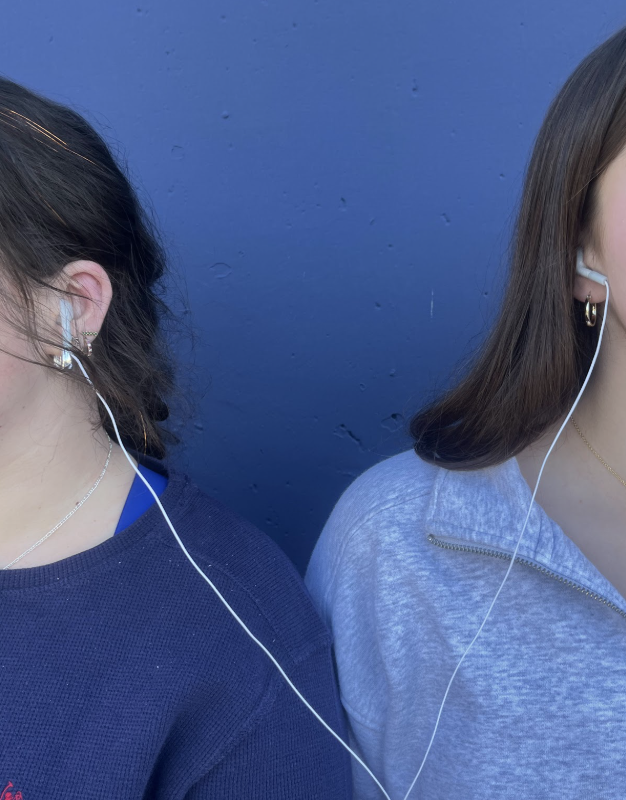
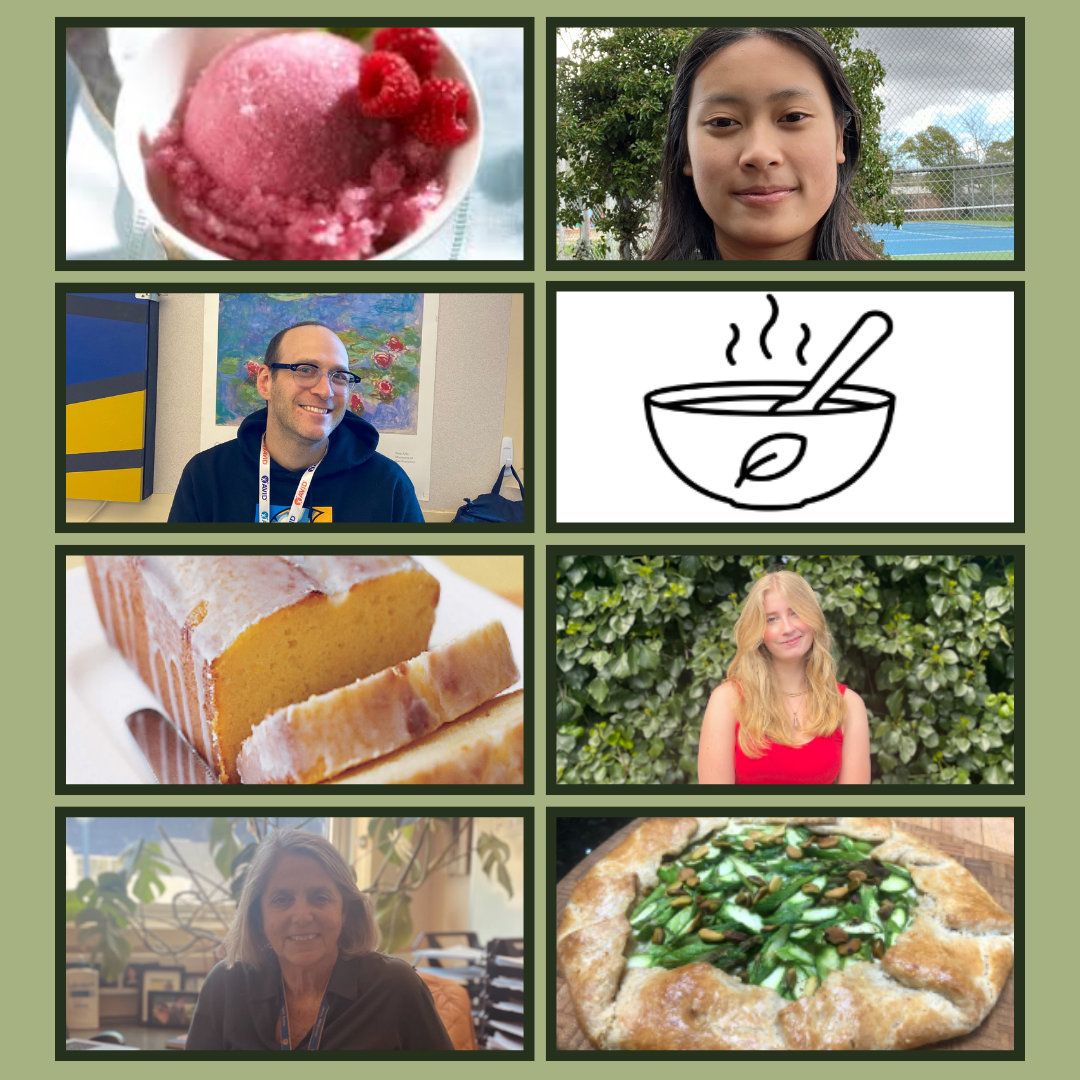
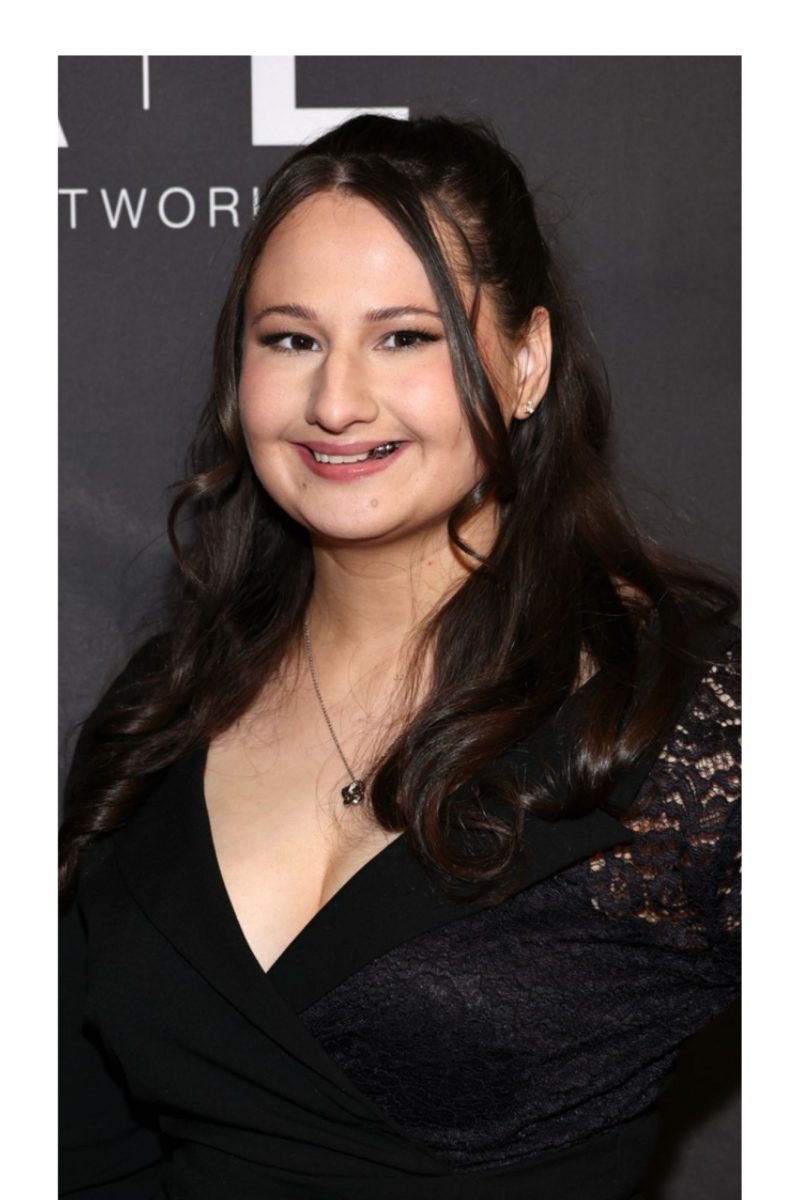

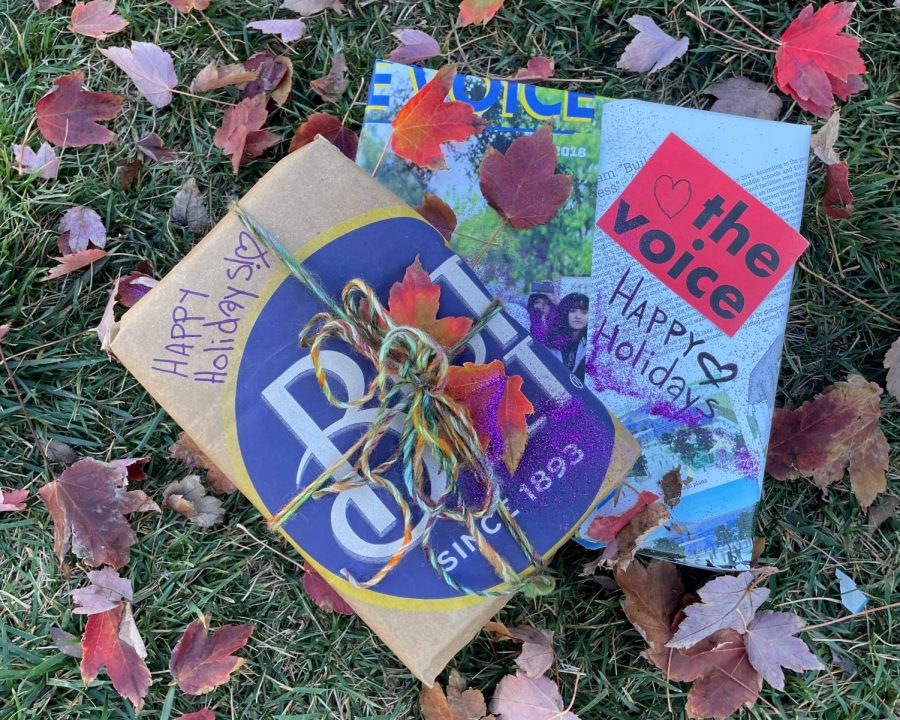
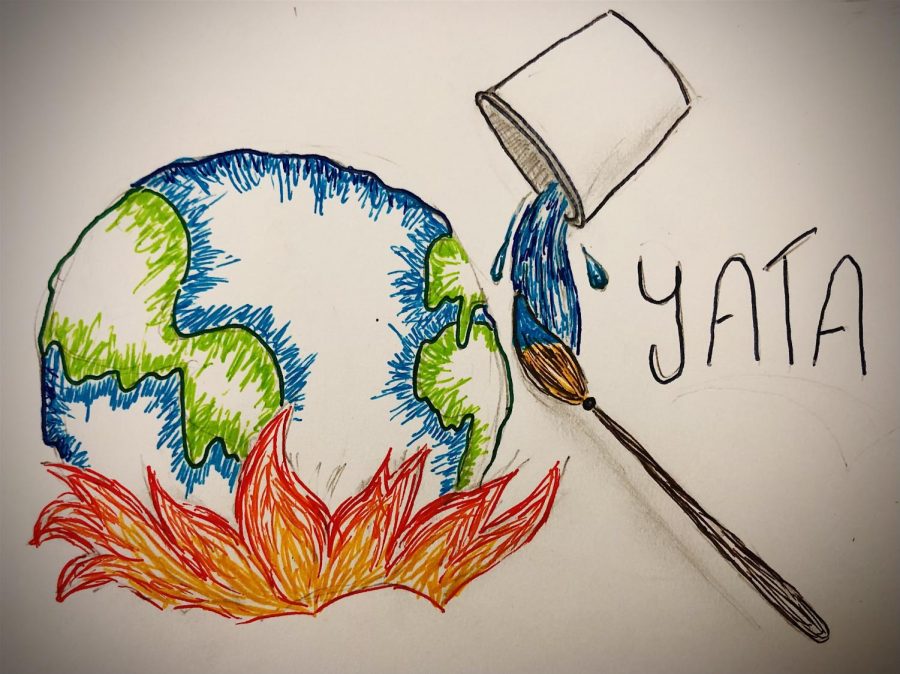
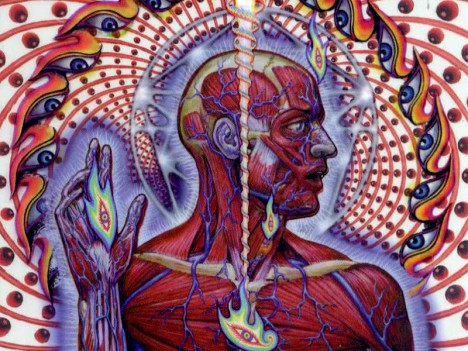

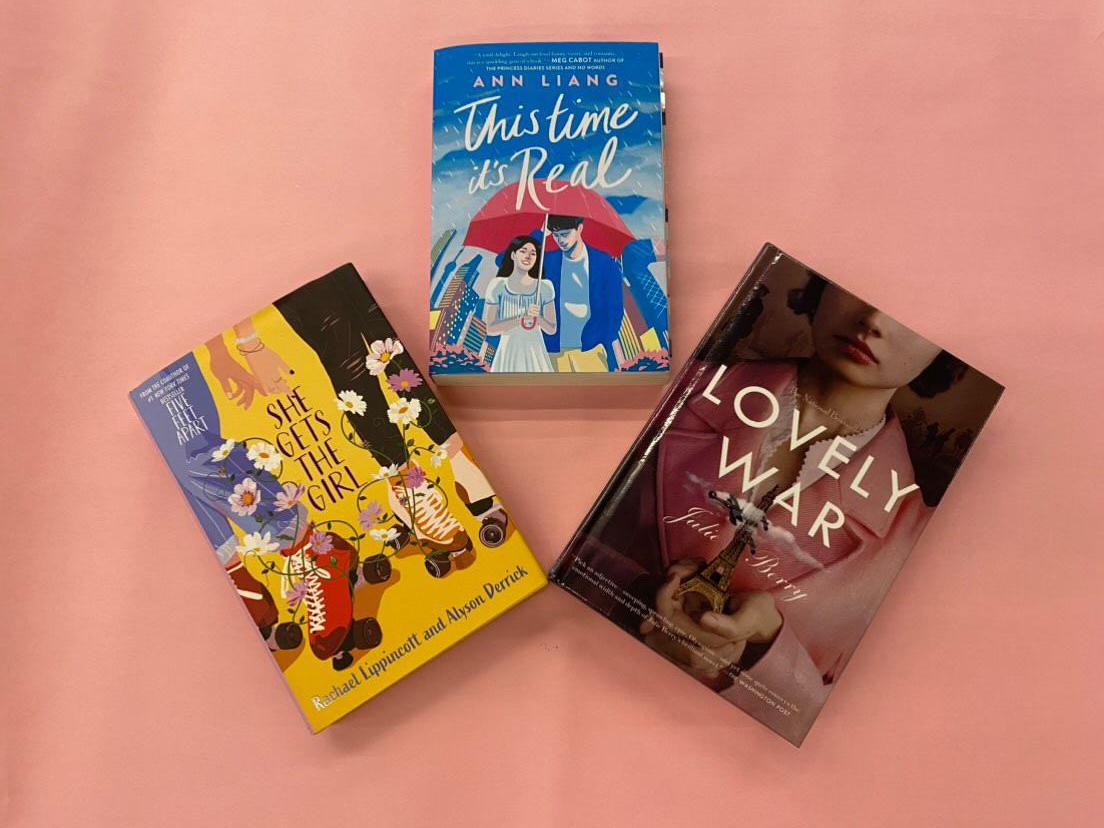
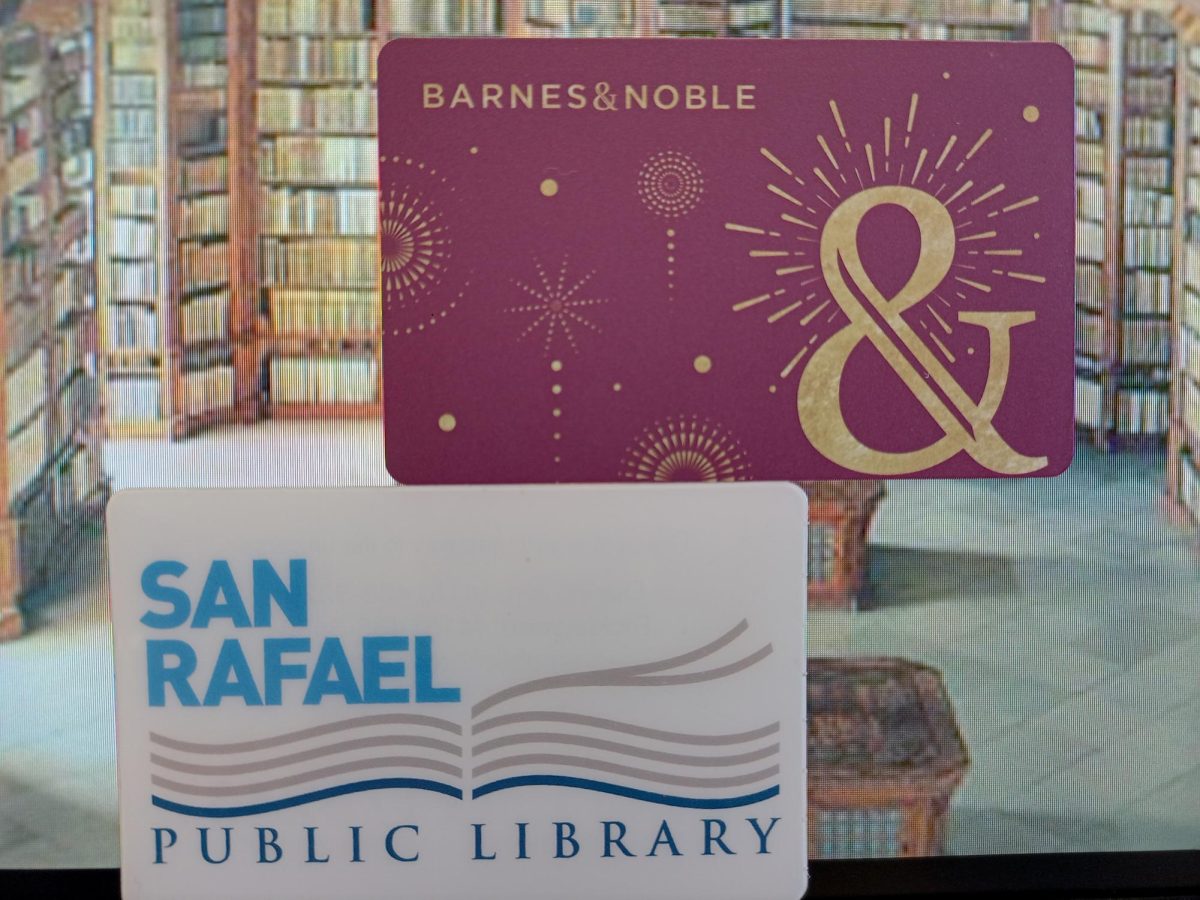
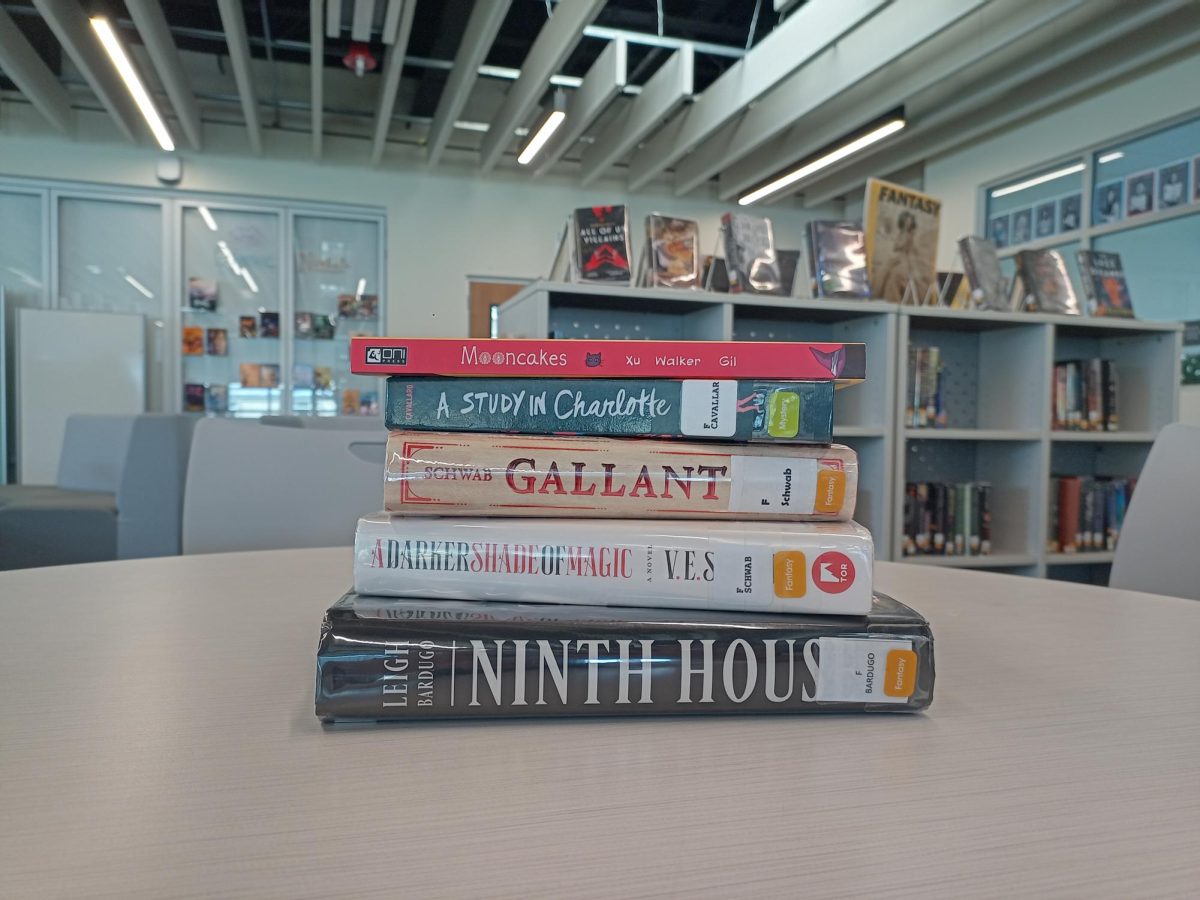
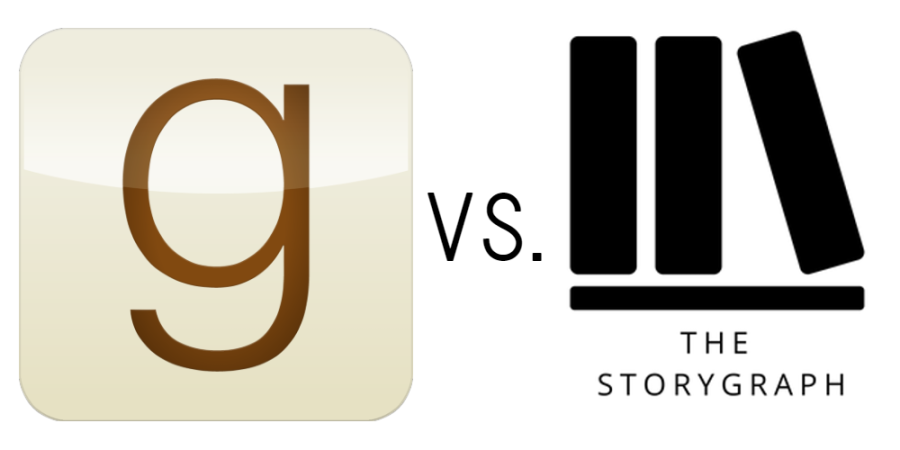
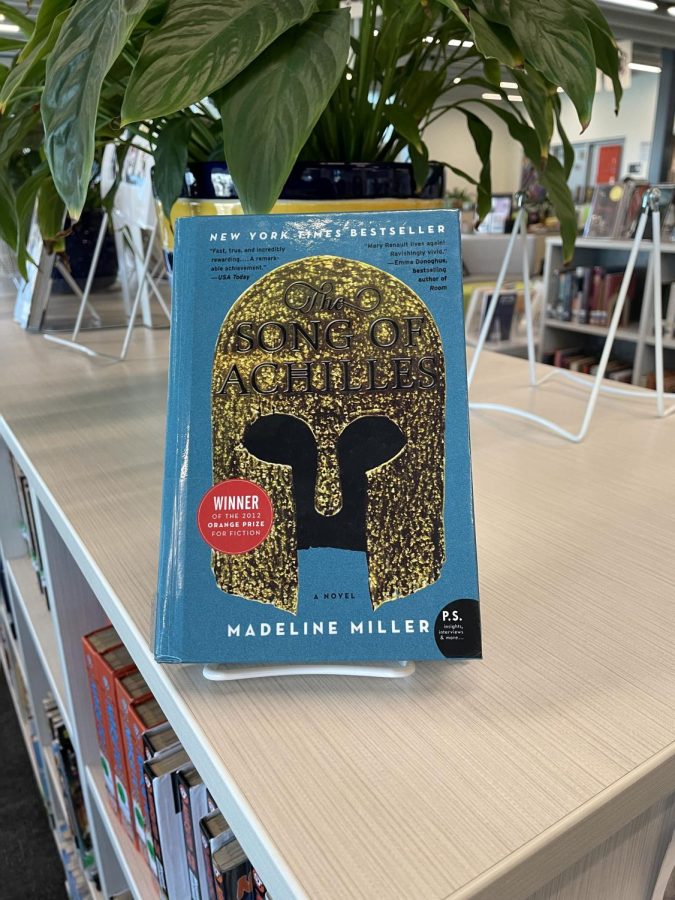
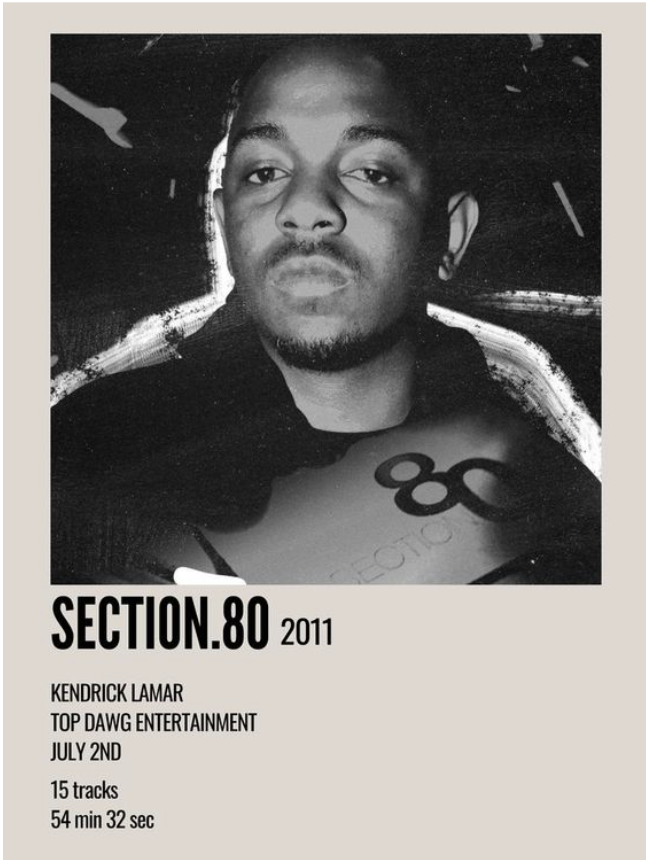

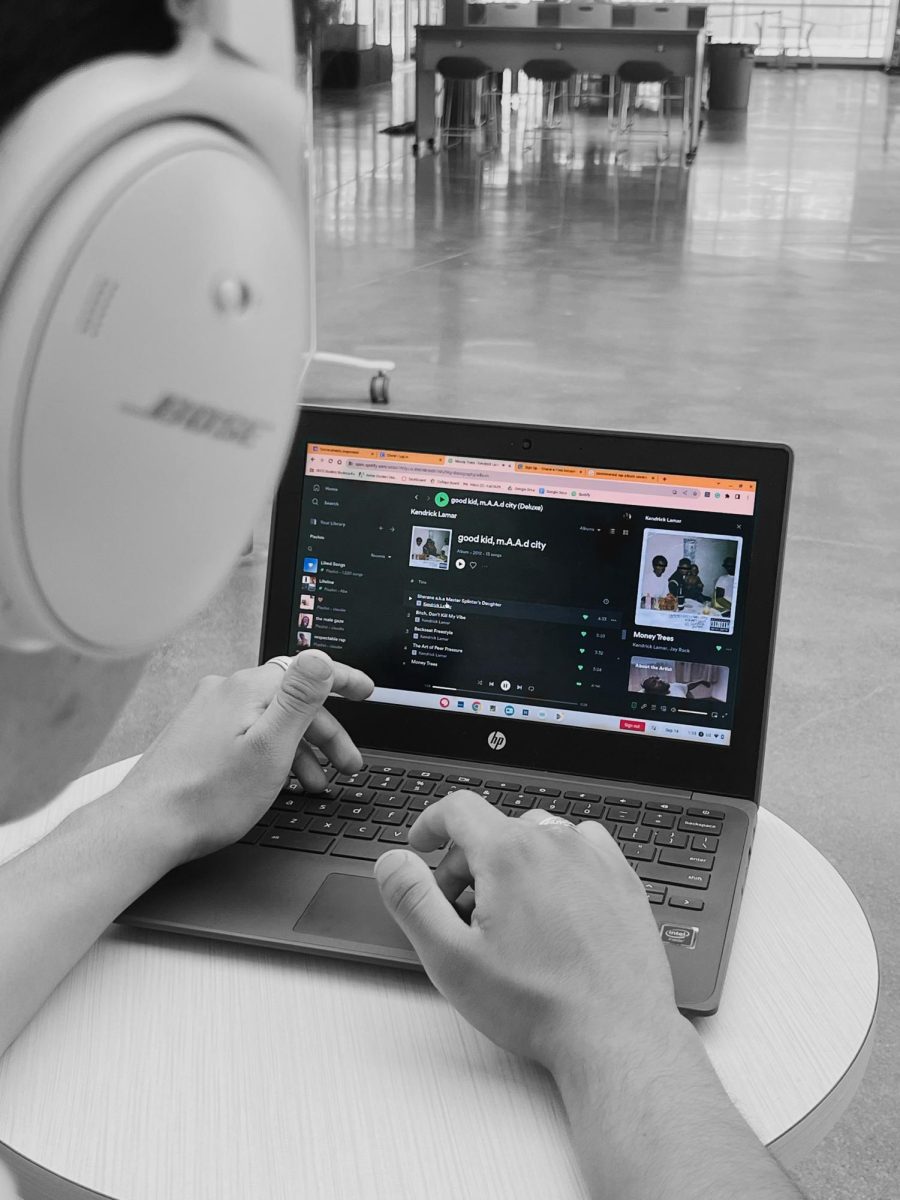
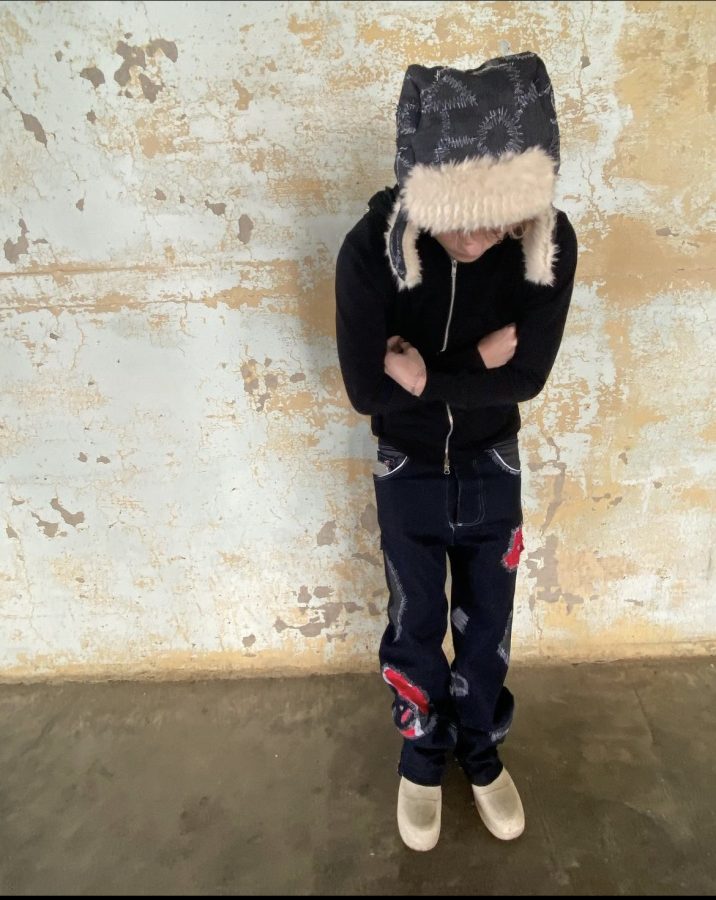
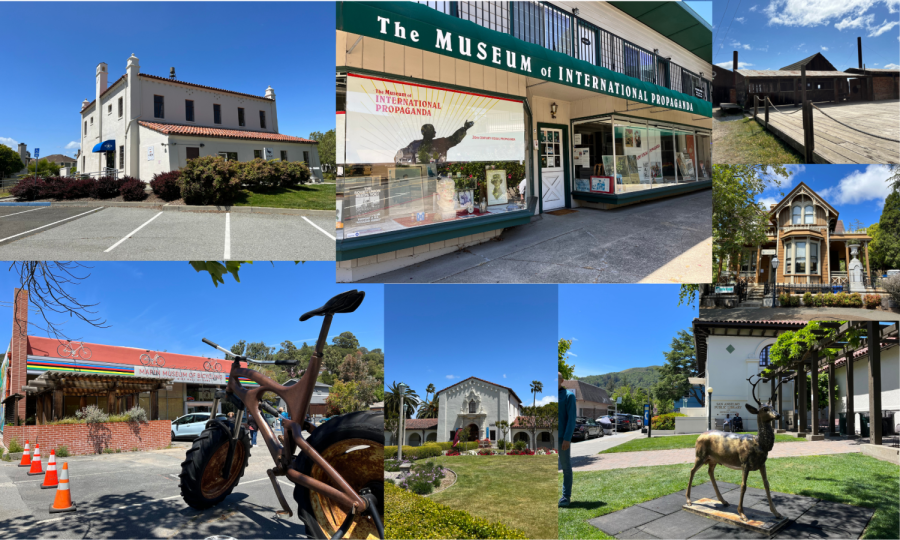
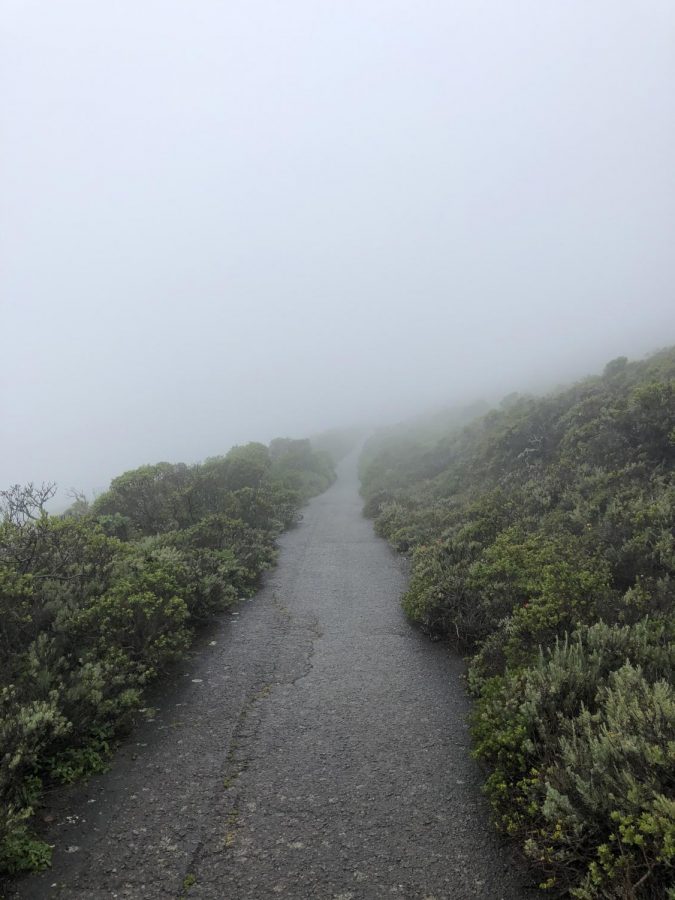





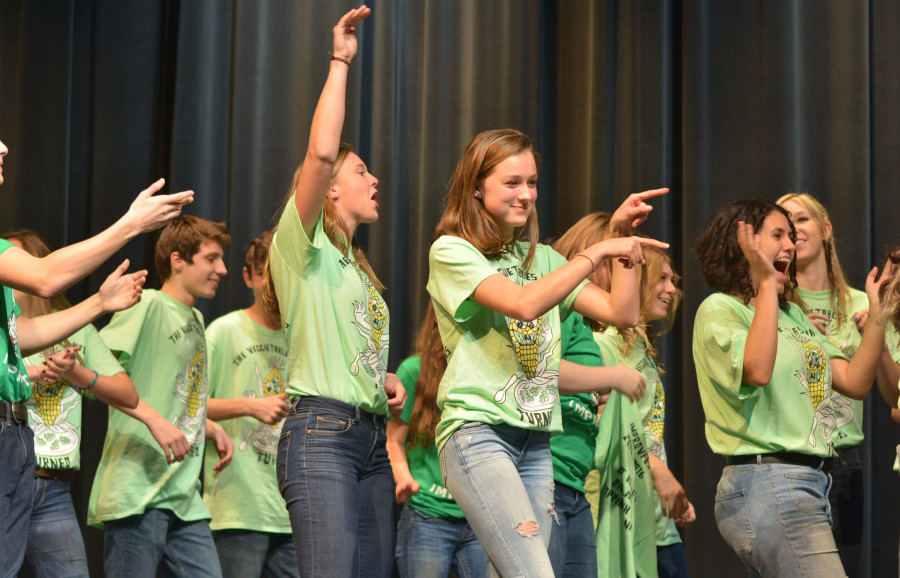
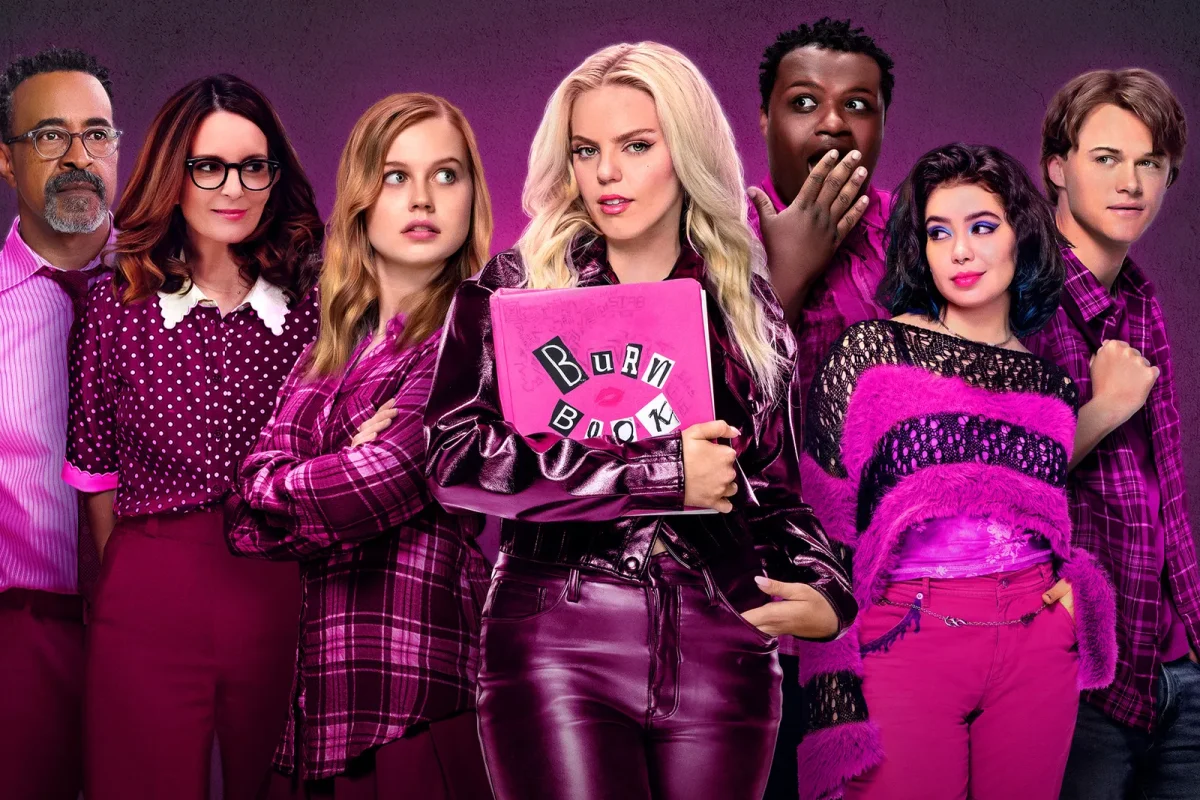

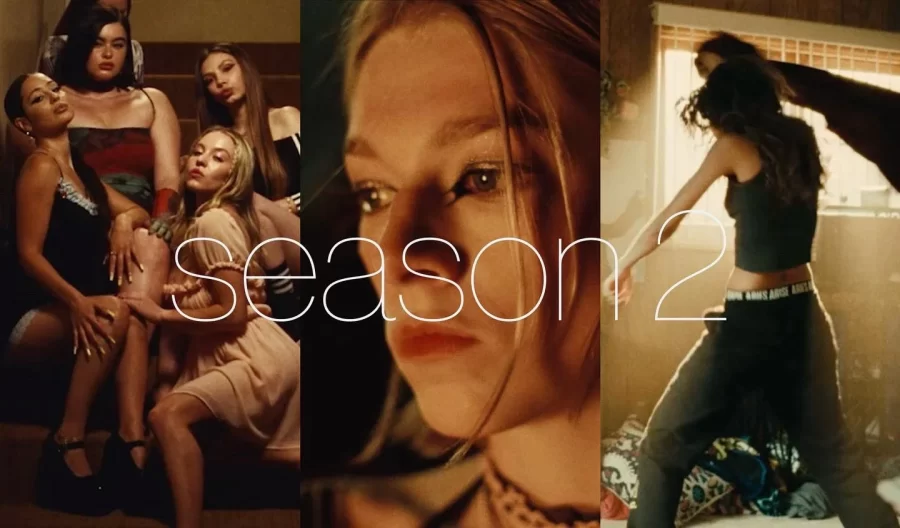
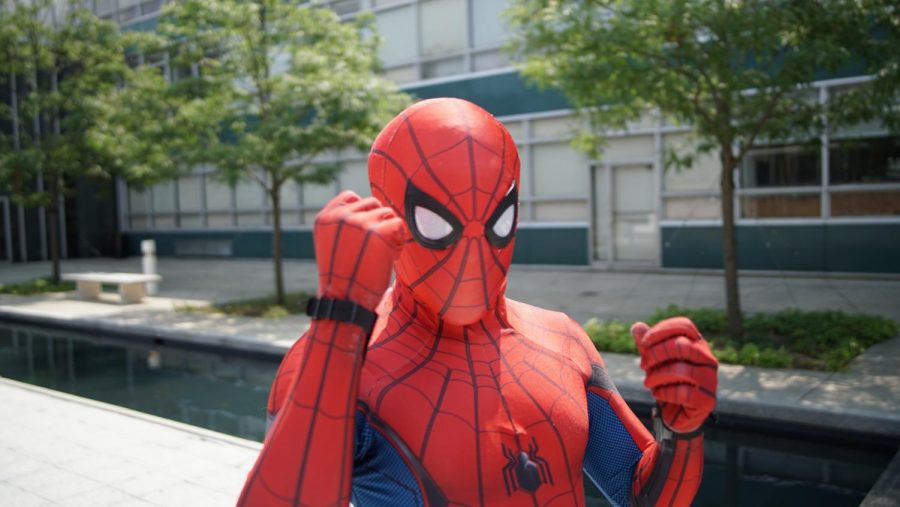
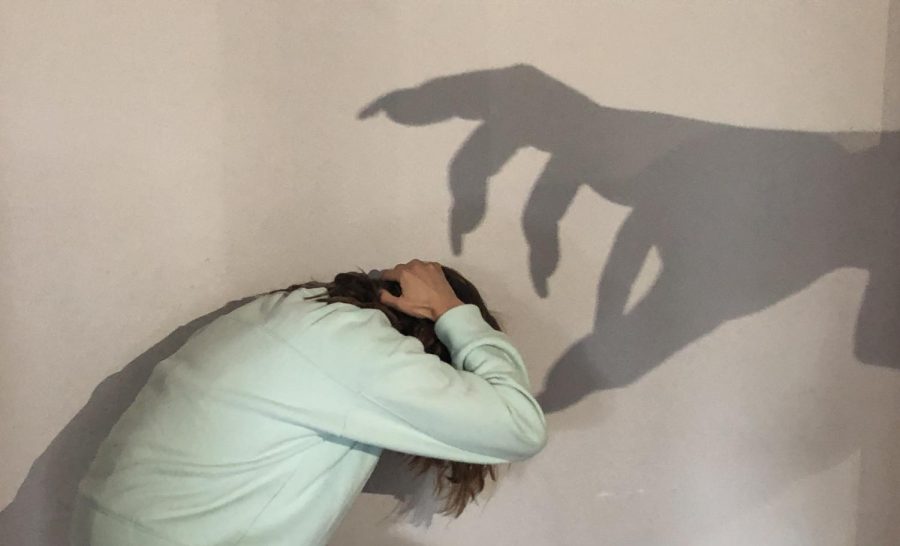
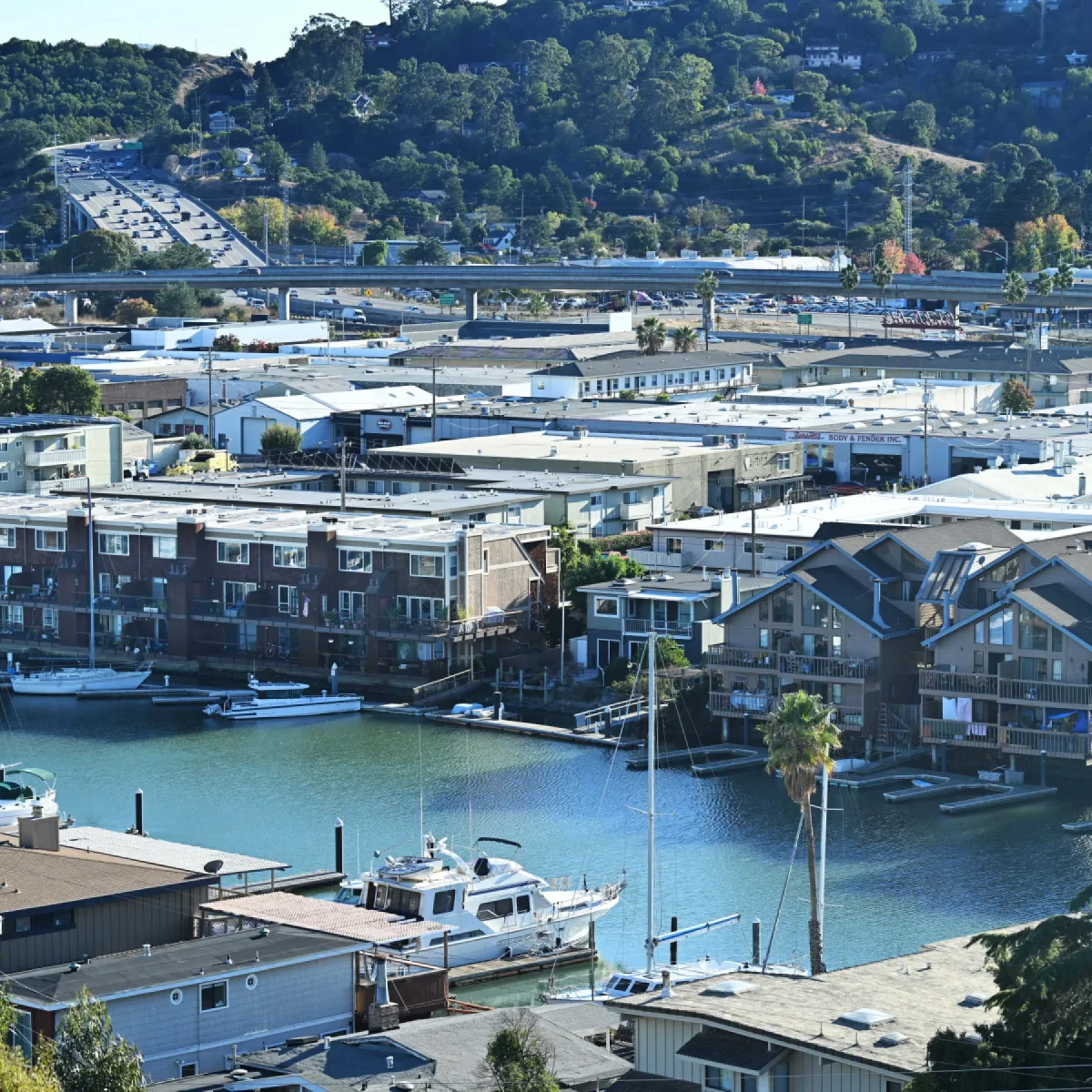
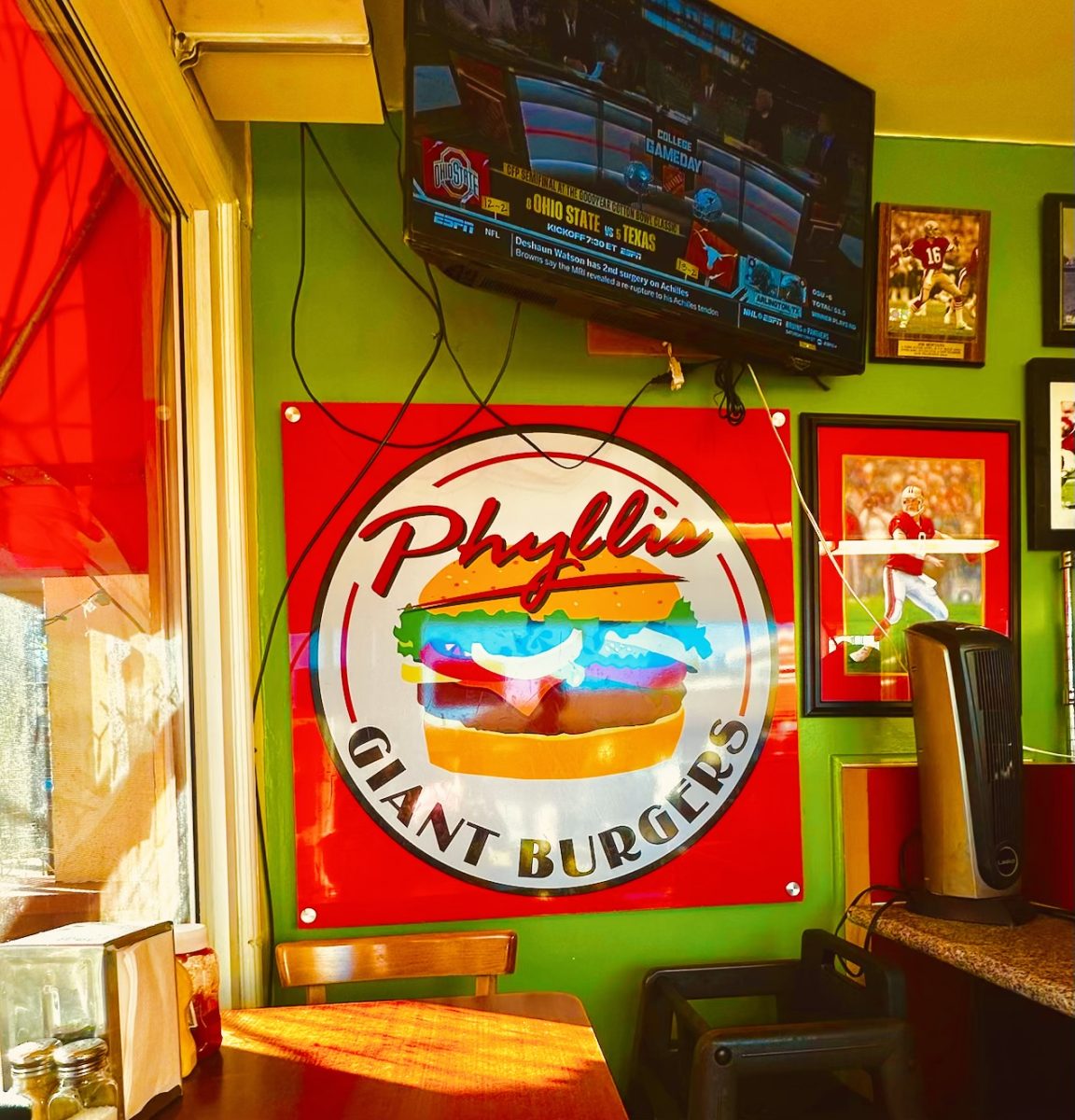

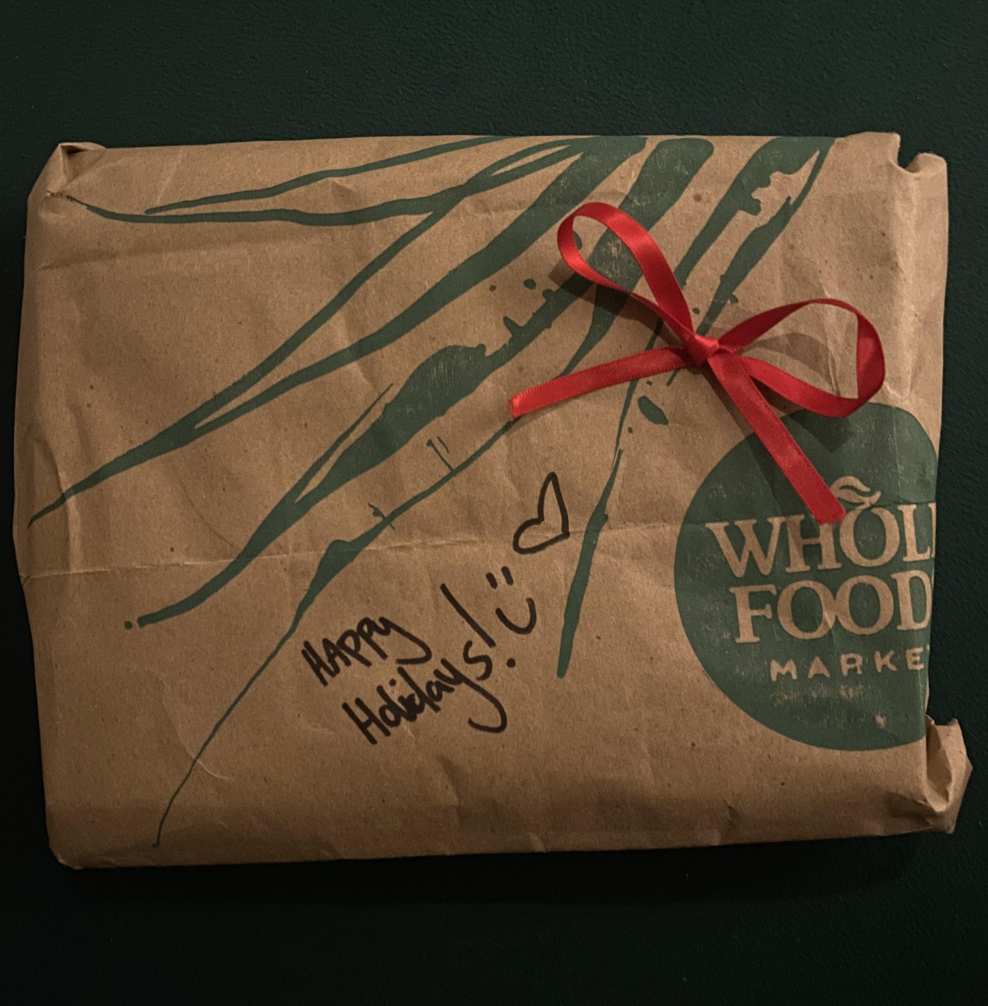
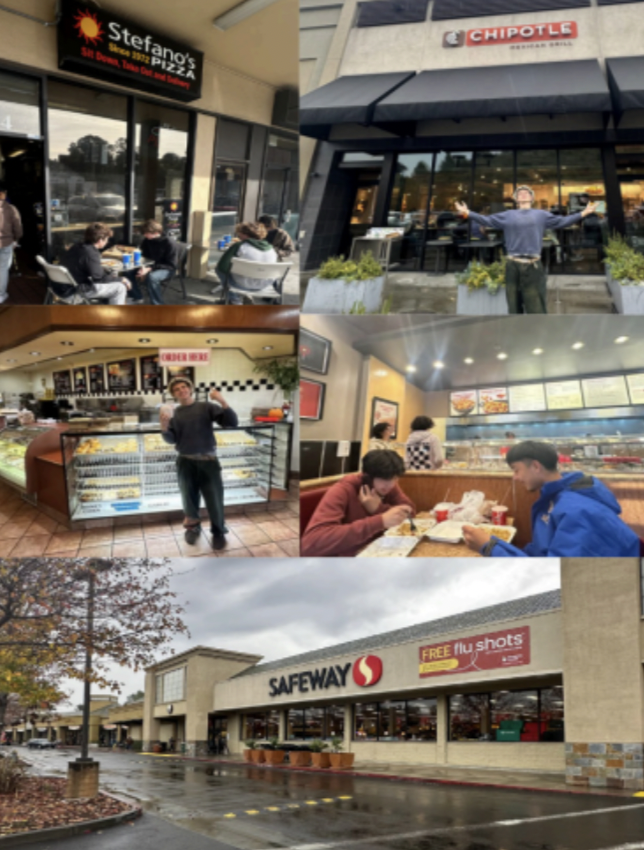
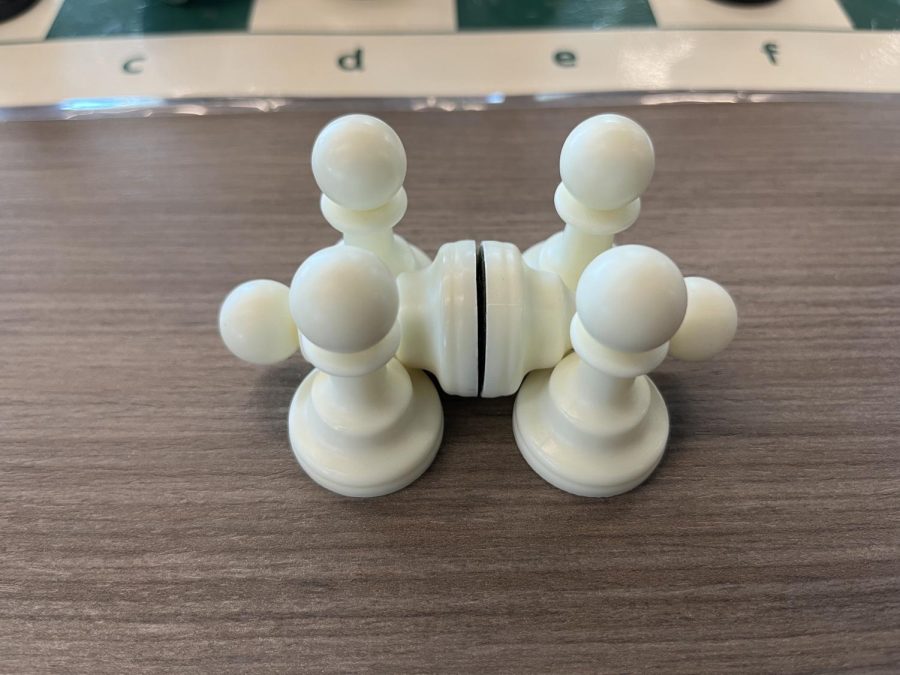
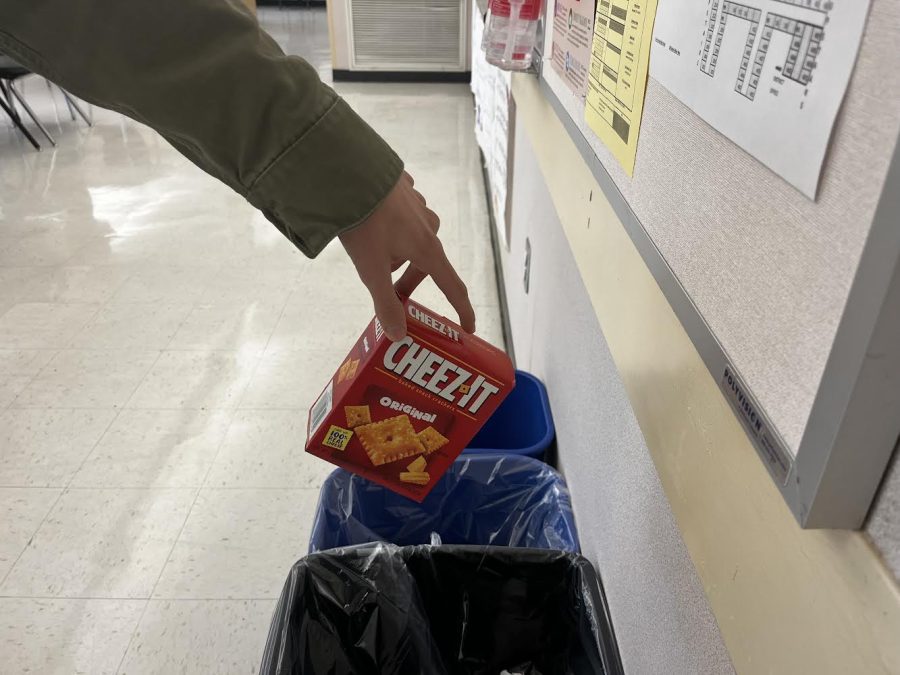
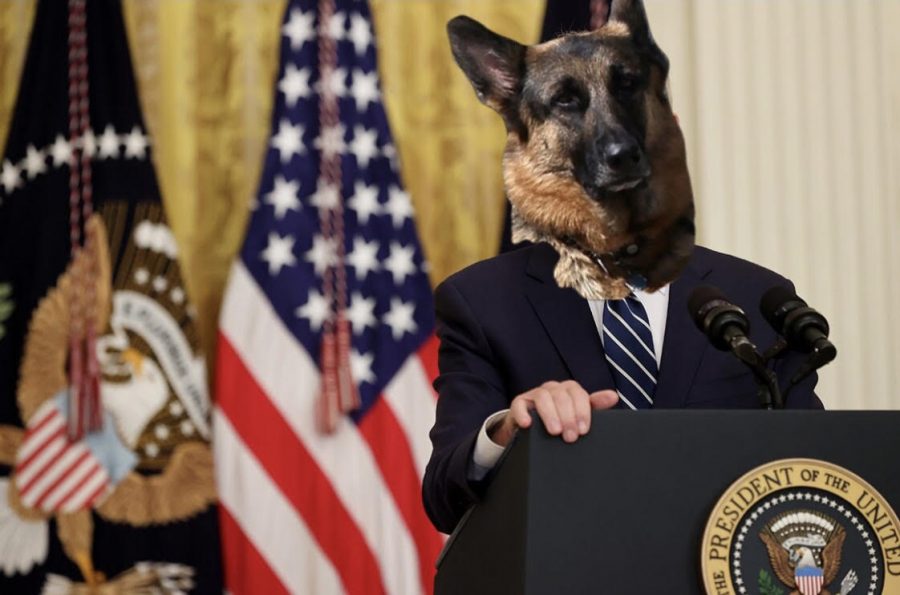

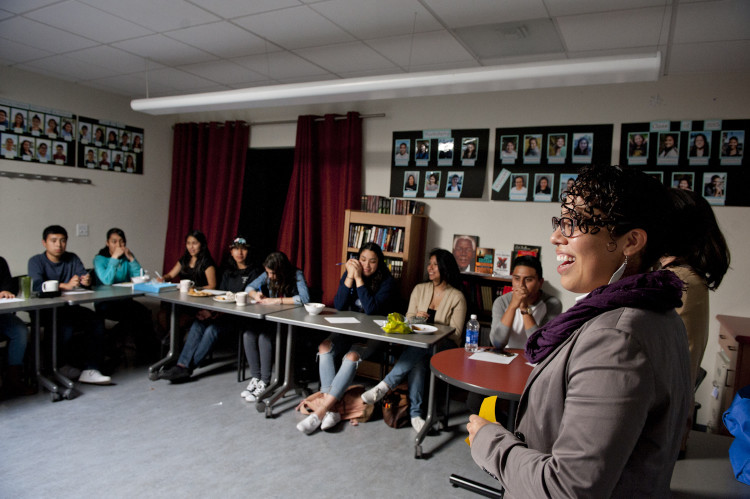

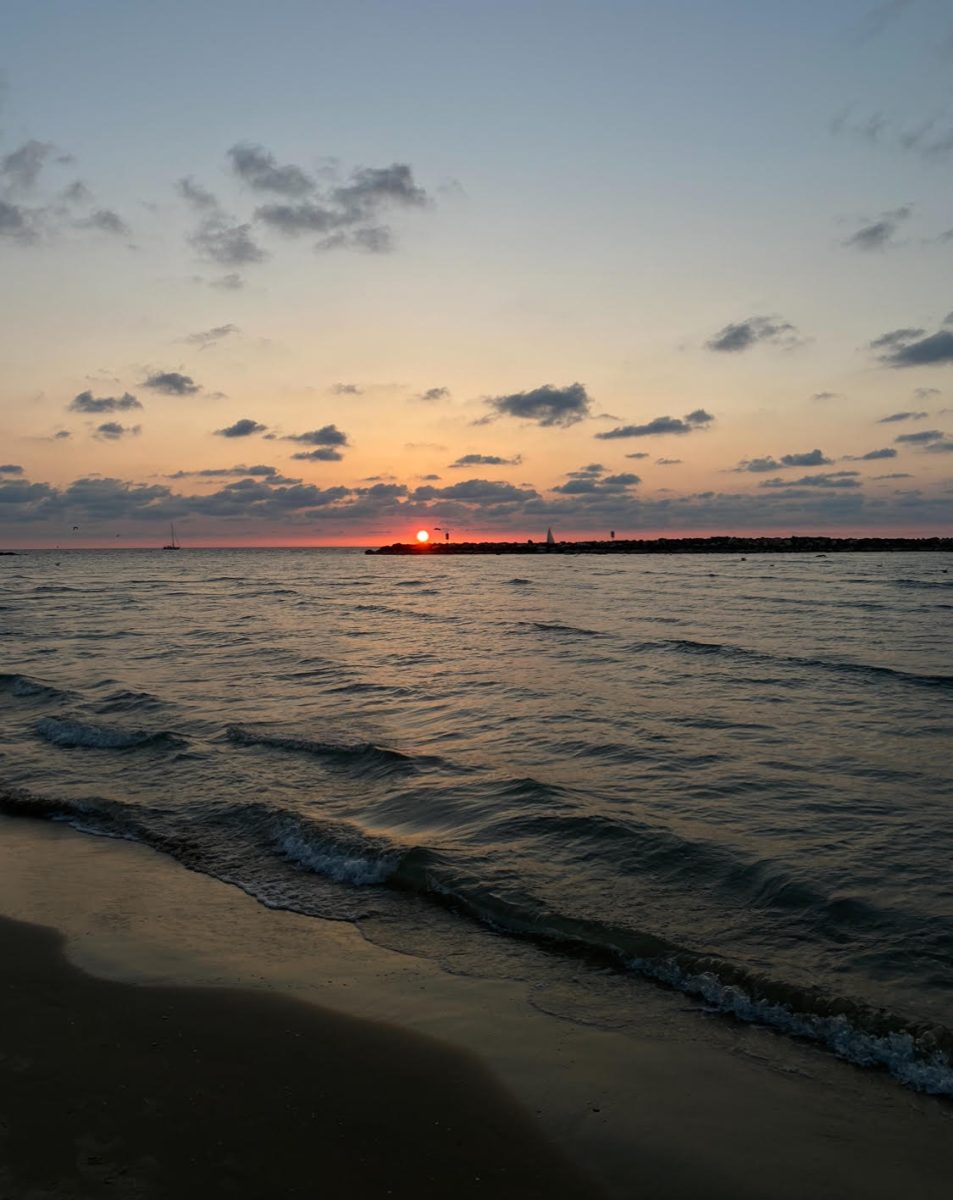
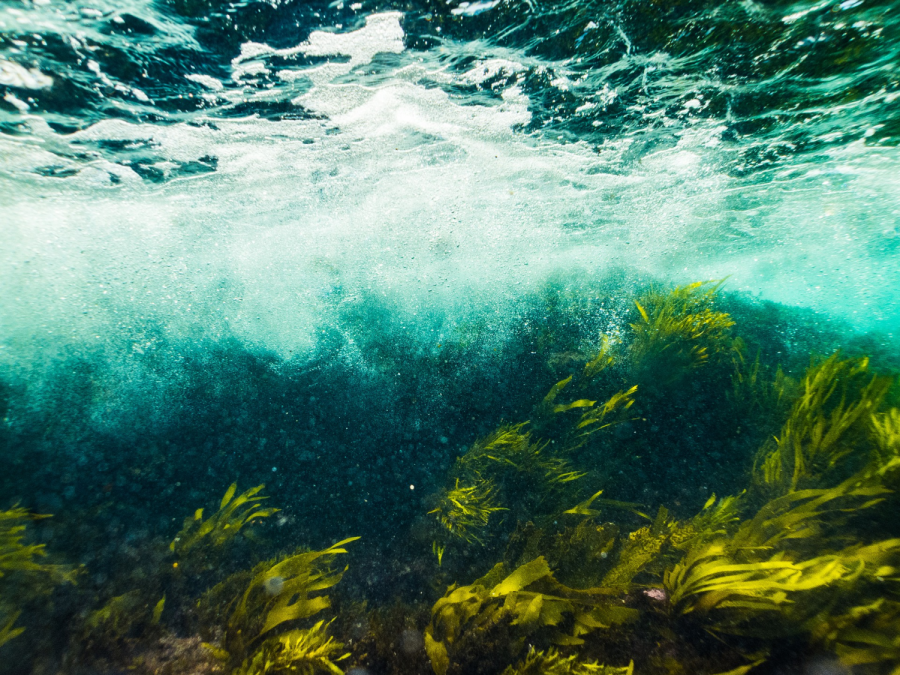

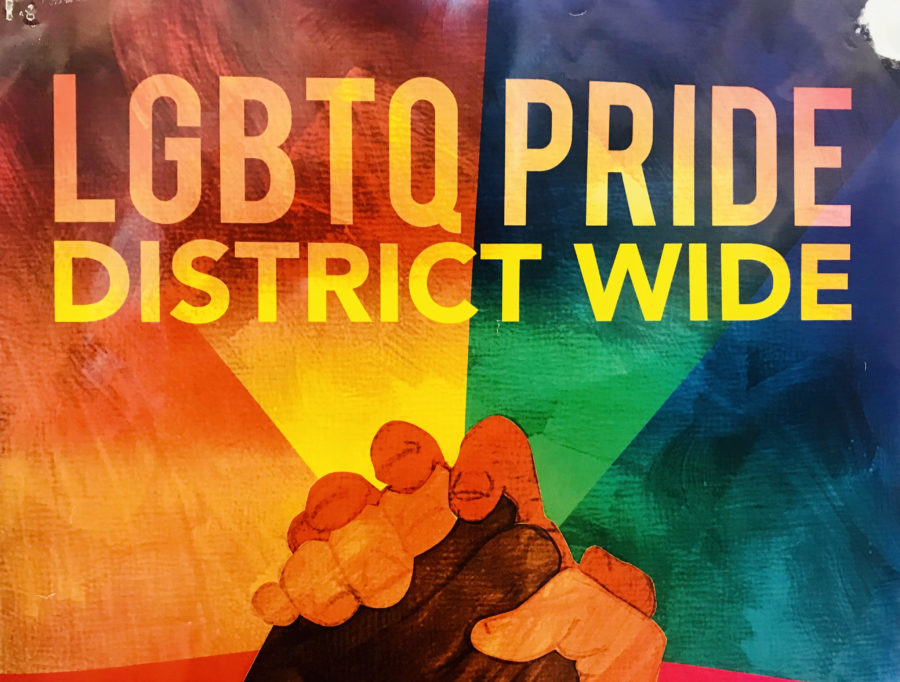
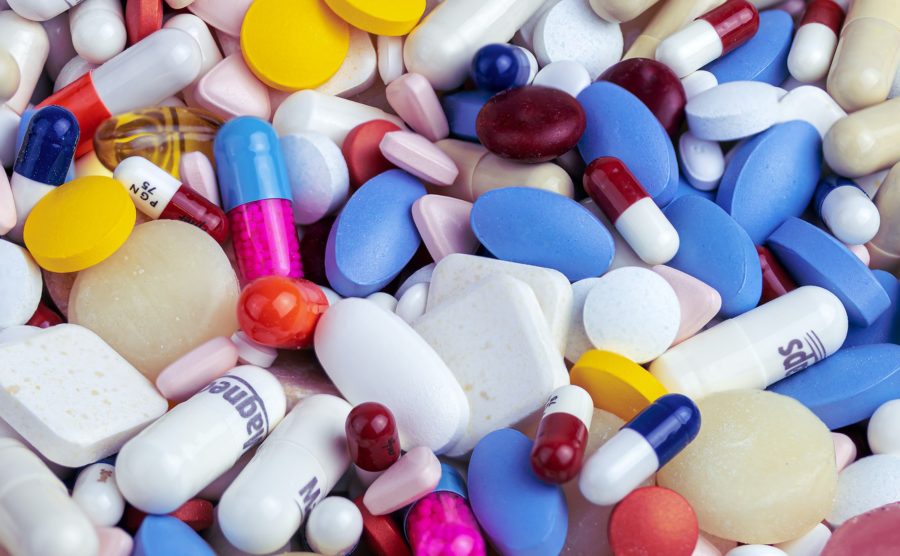
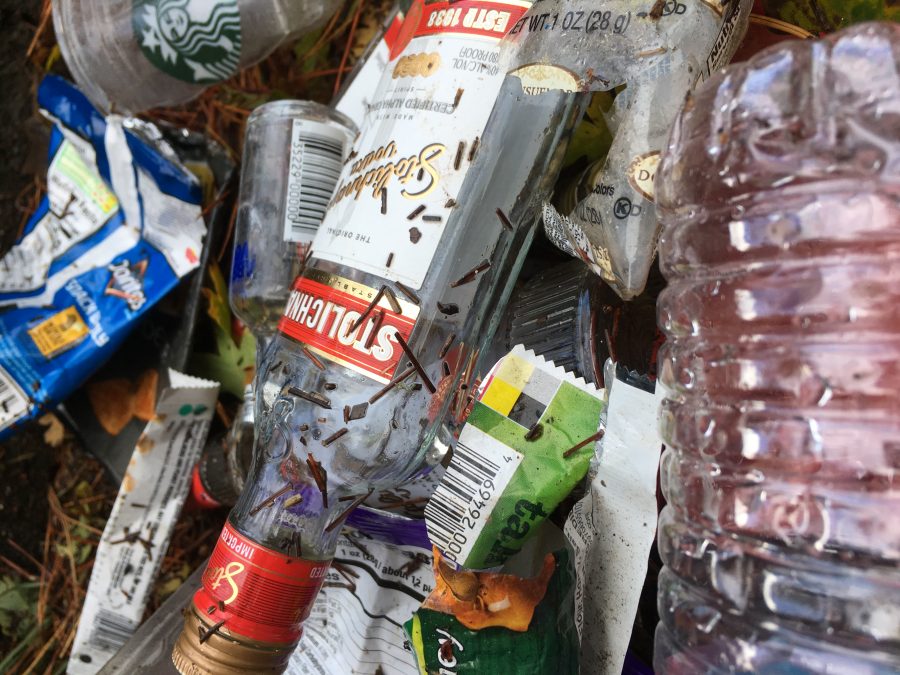
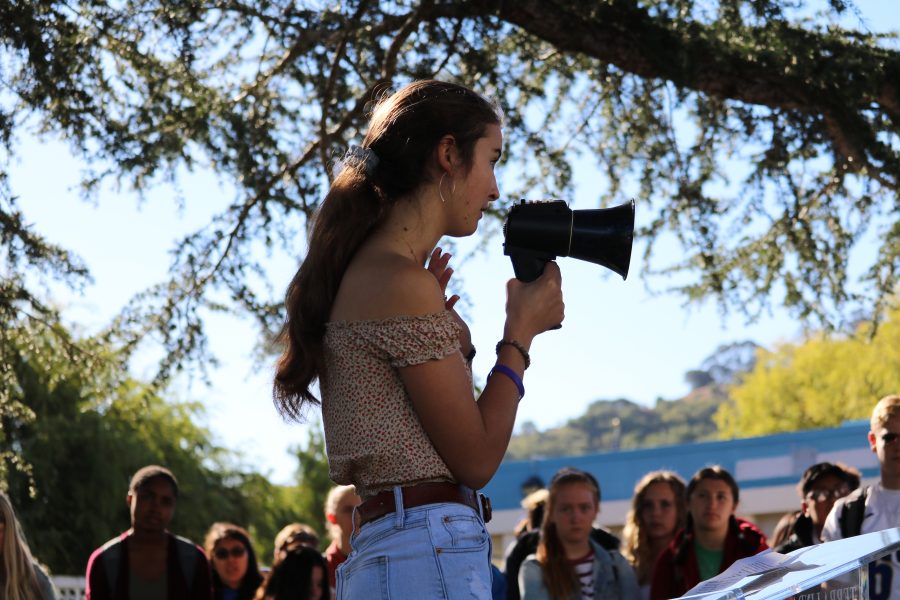
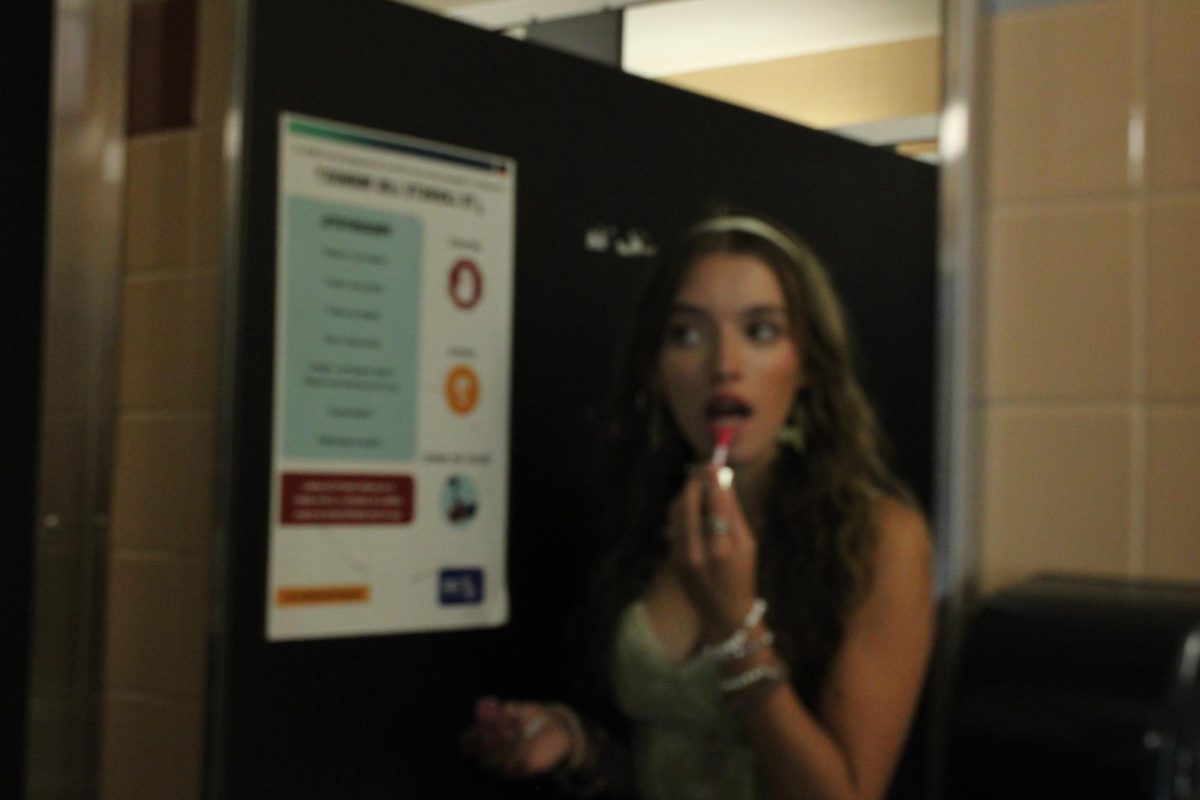
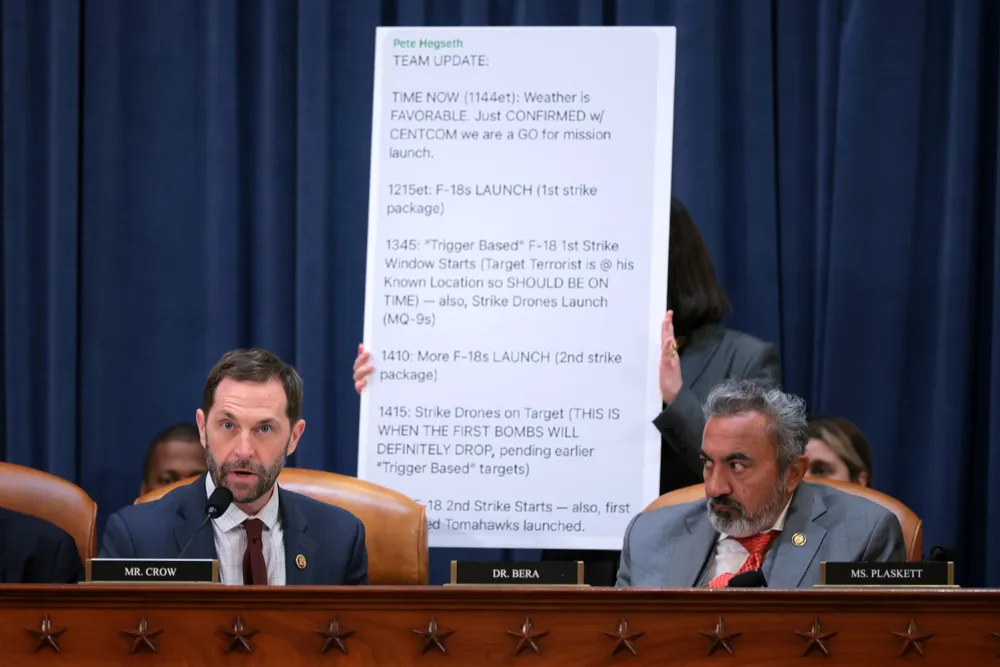
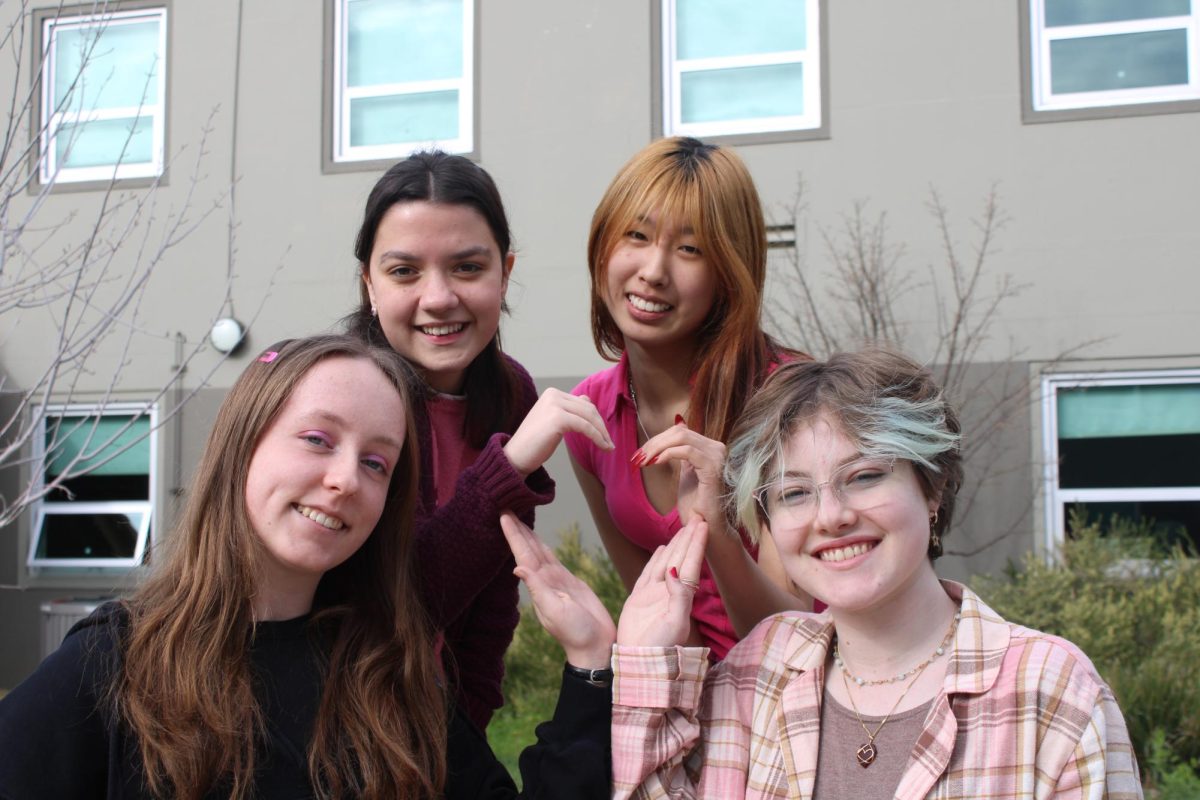


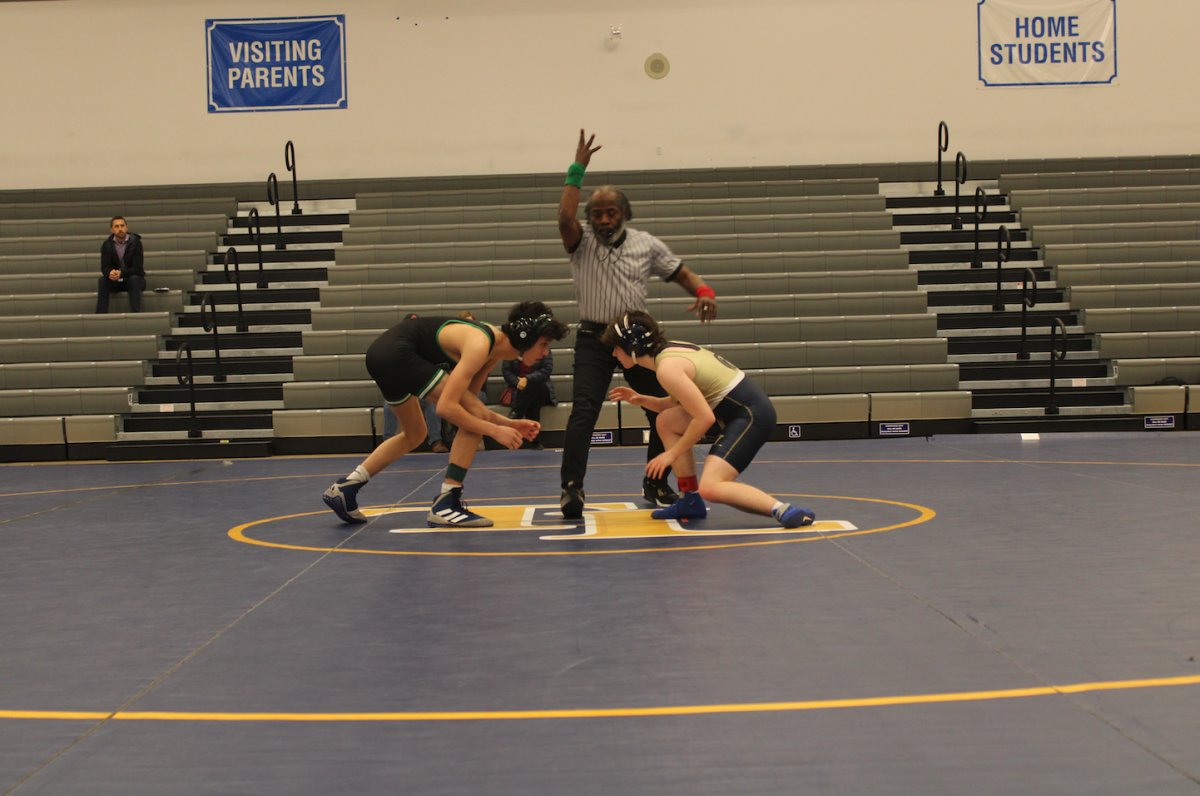


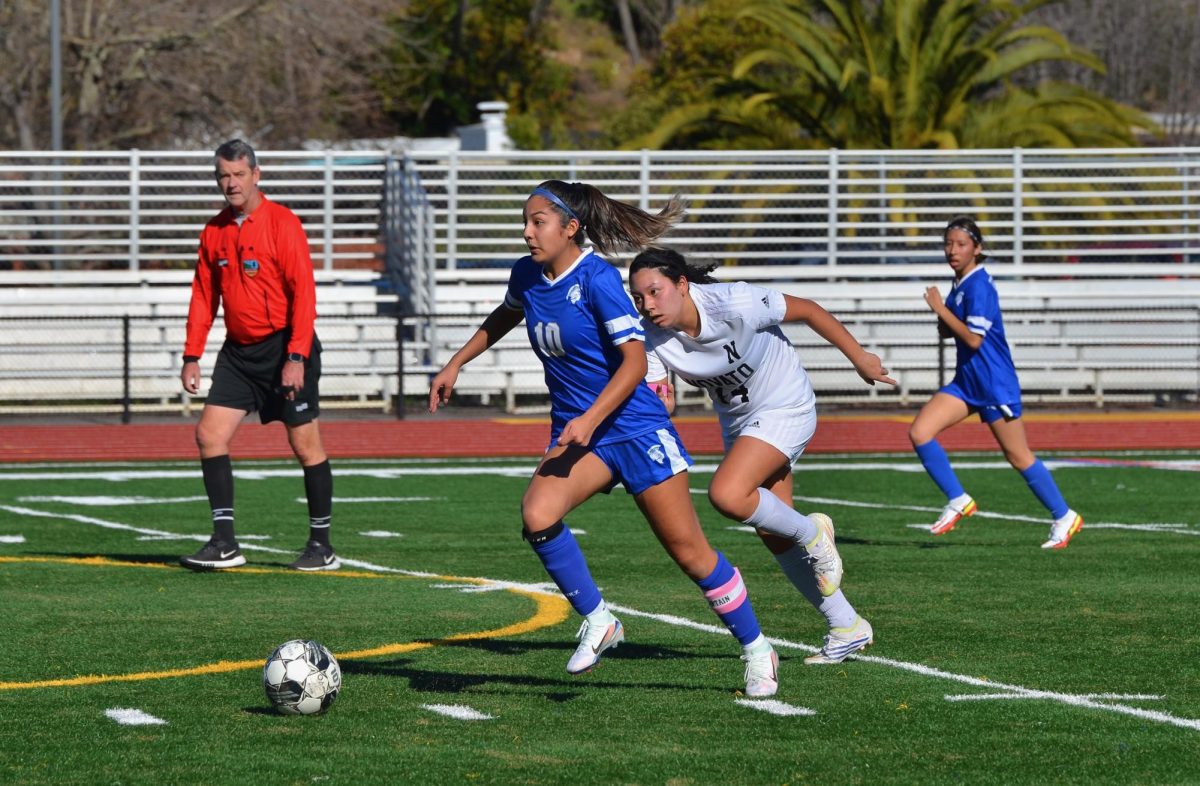
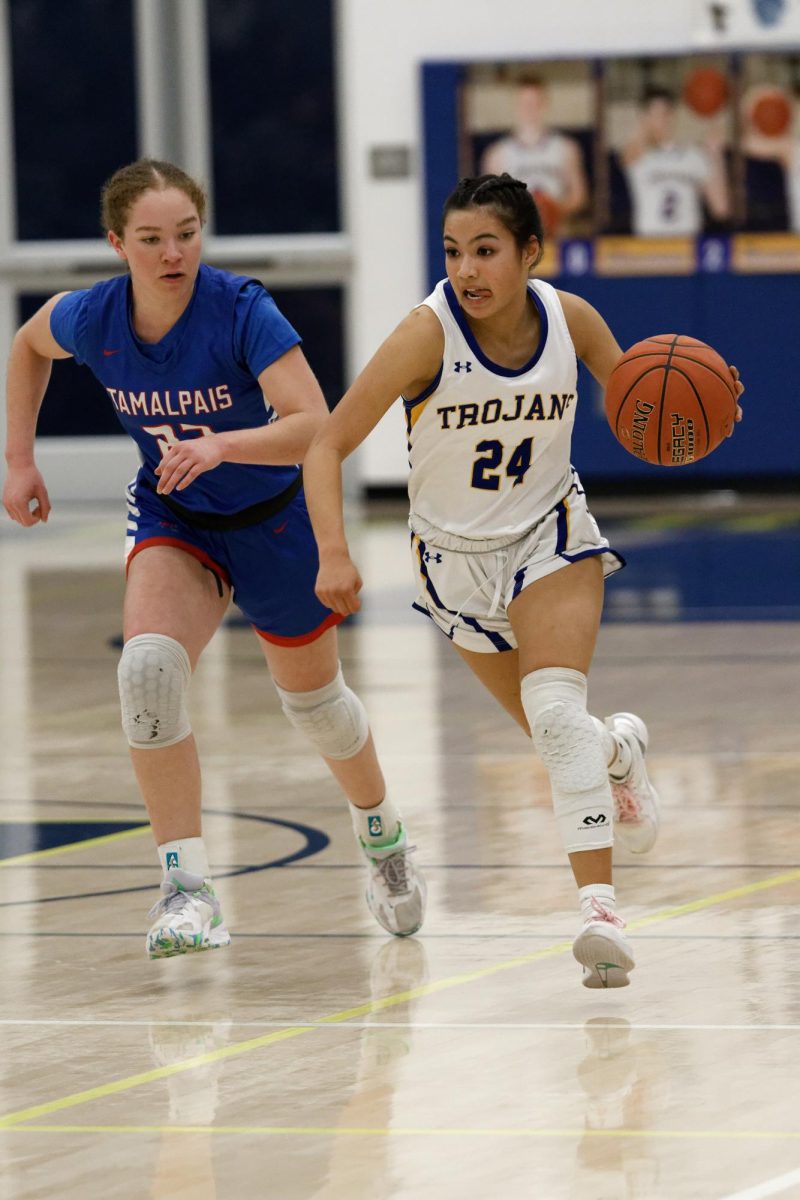
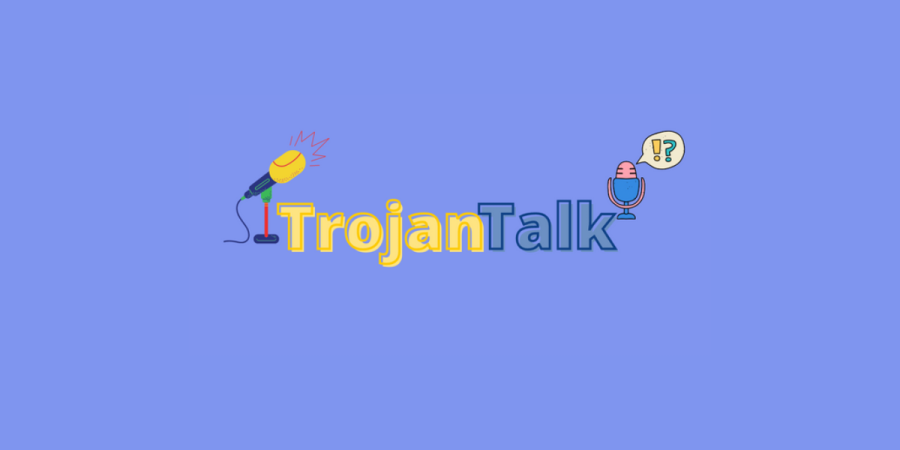
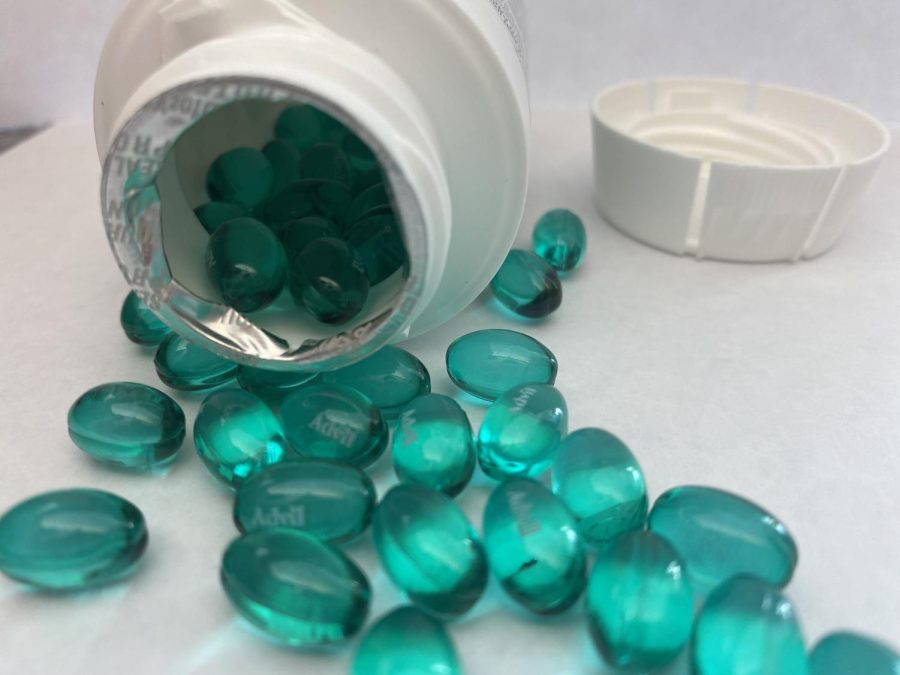
teagen leonhart • Dec 15, 2018 at 10:00 am
Amazing work, you two! Ninth graders, might I add. You did thorough research, followed up, and synthesized it all into a thought-provoking article. Making your teacher proud!